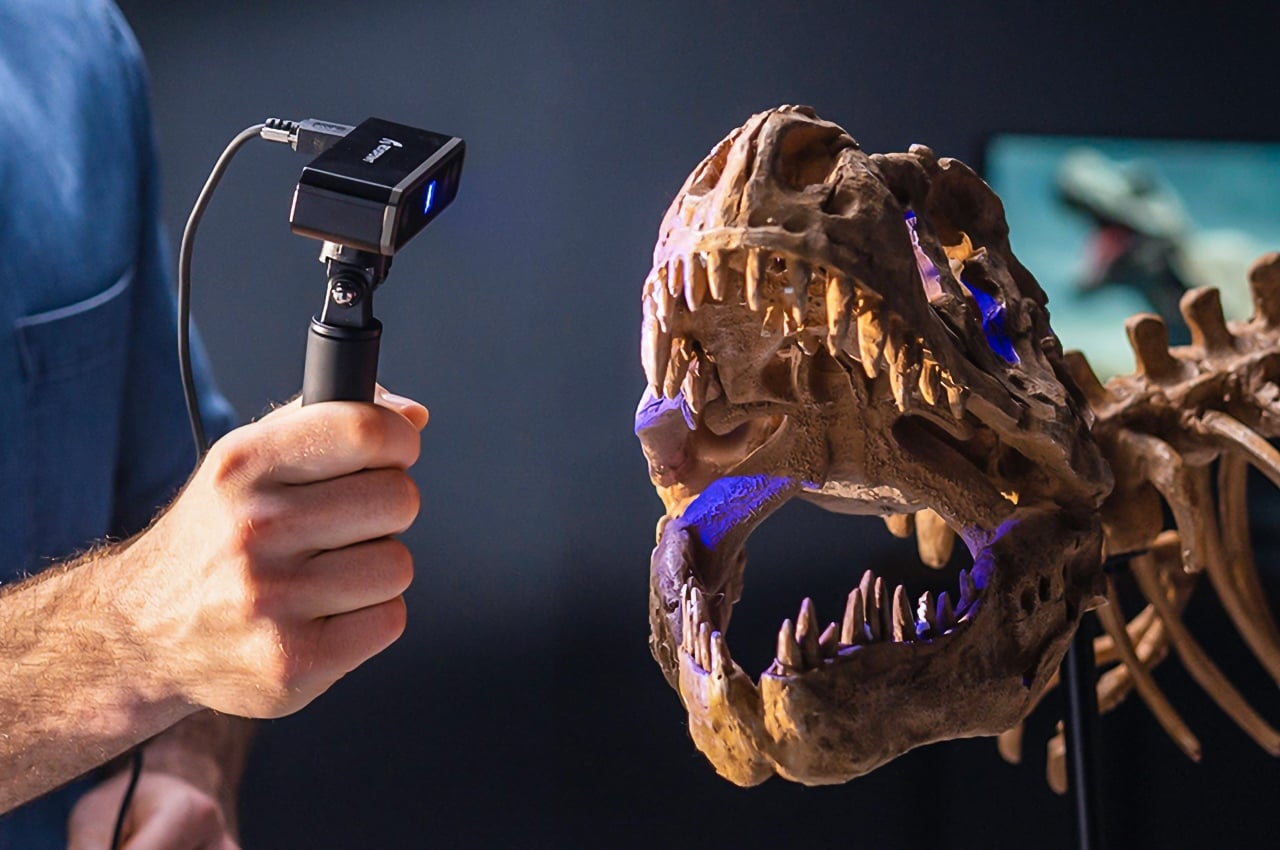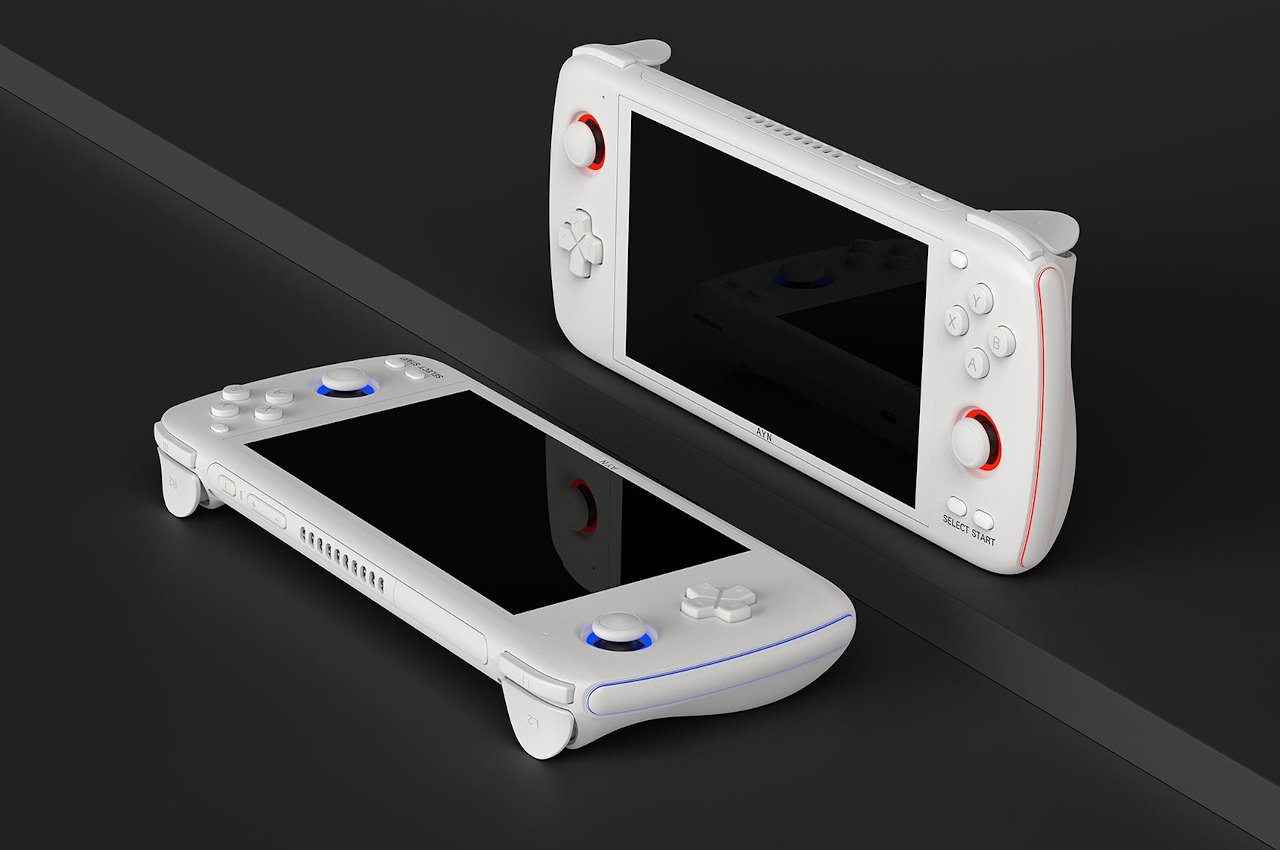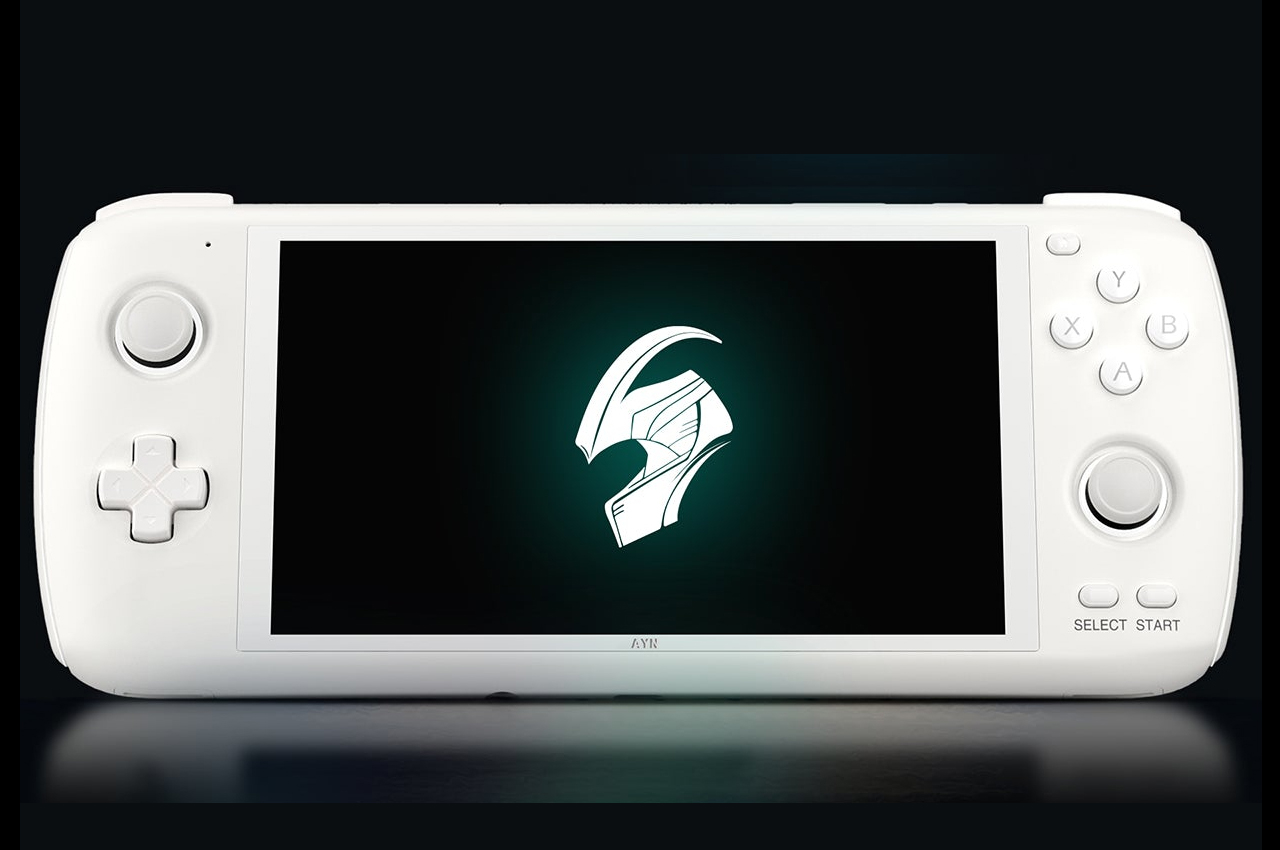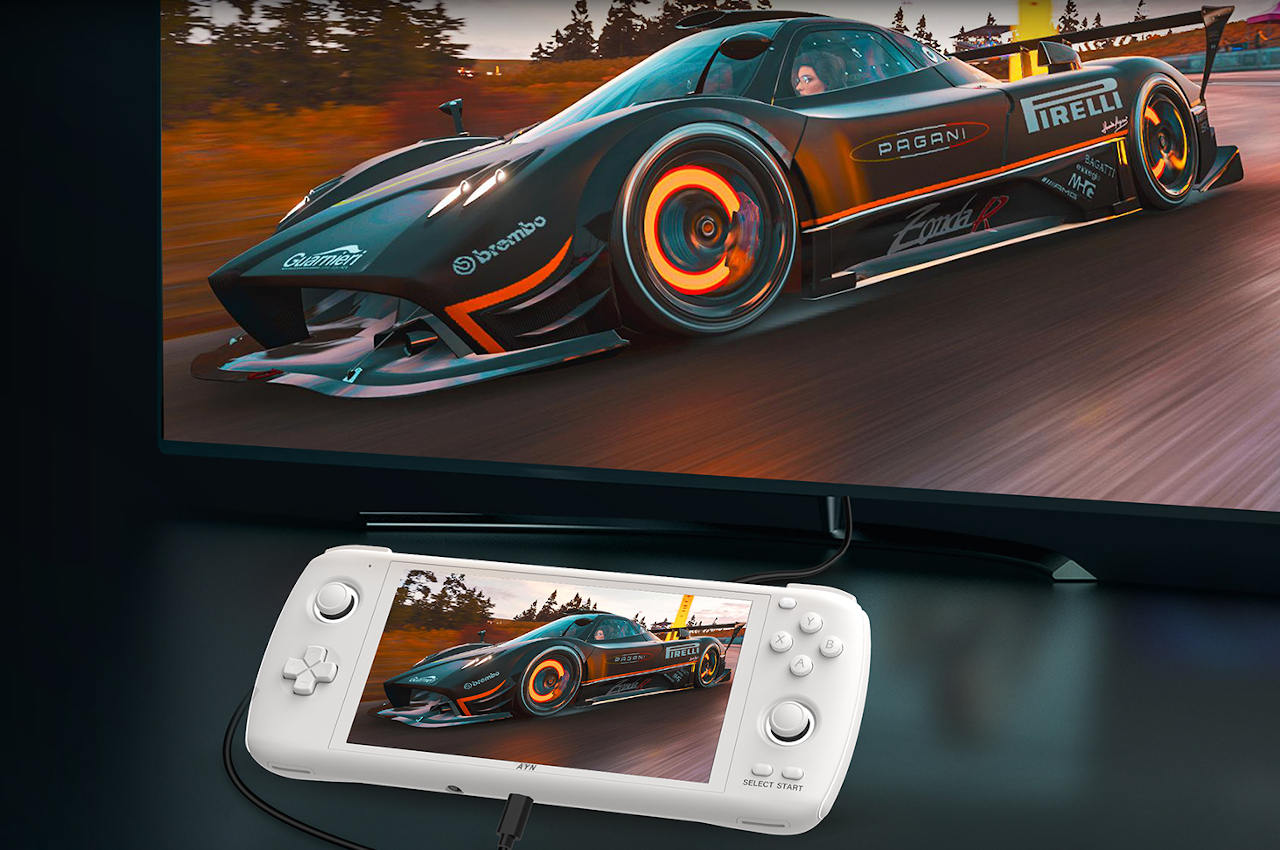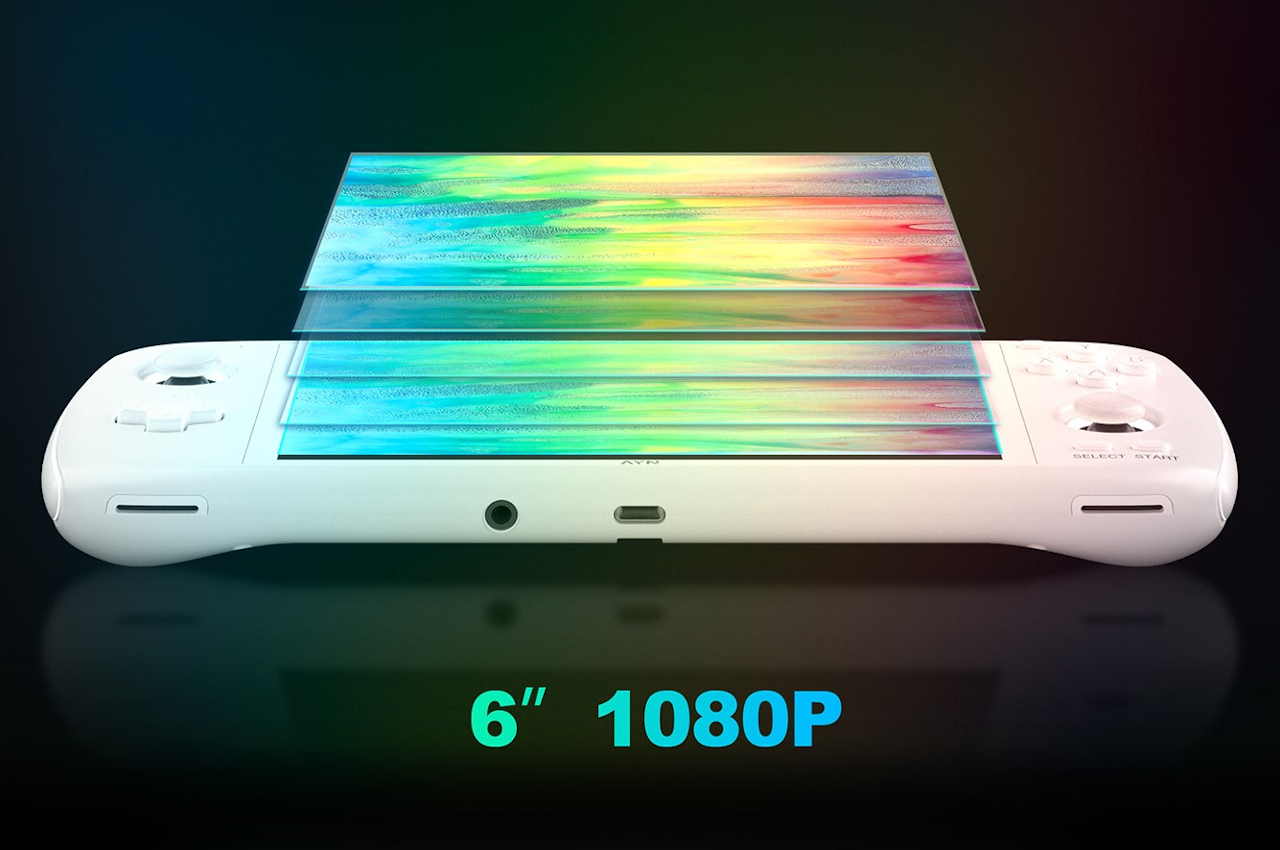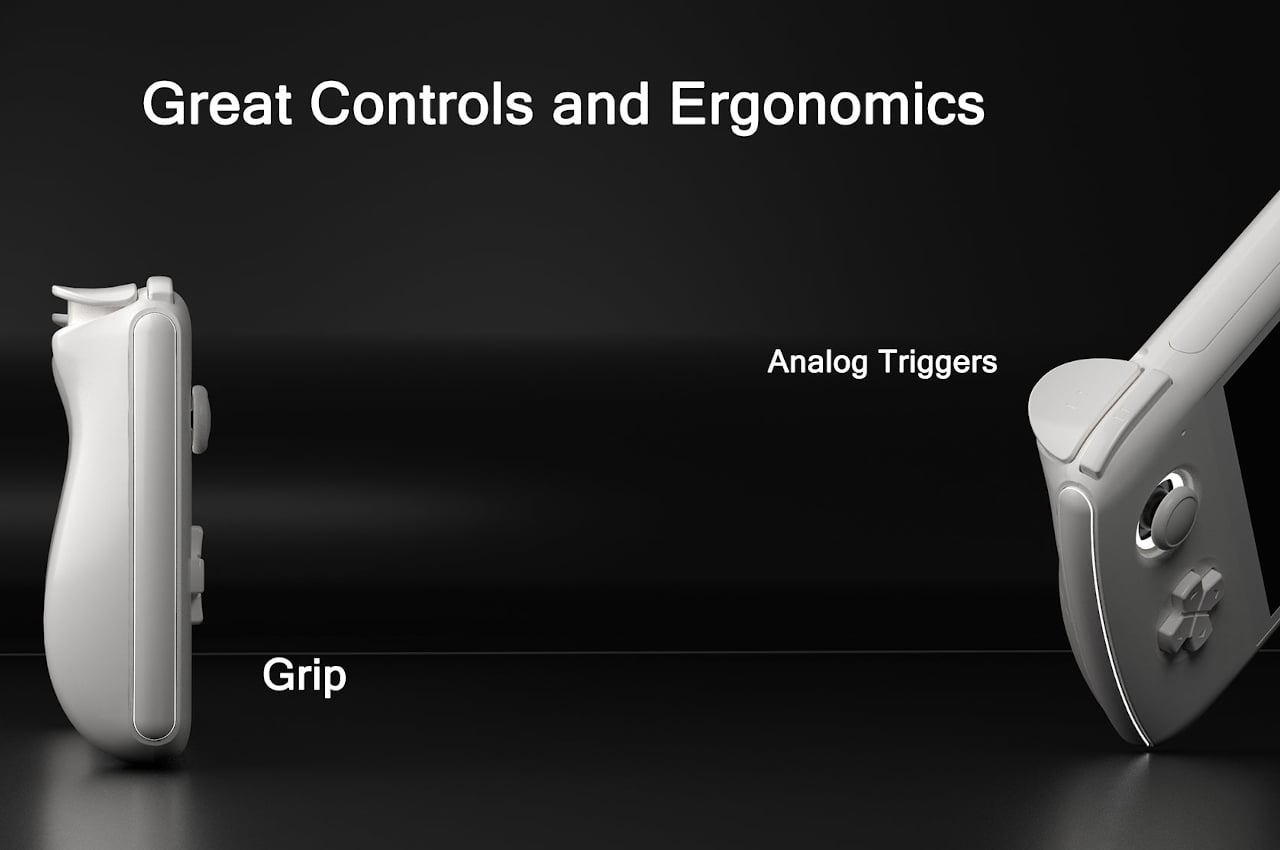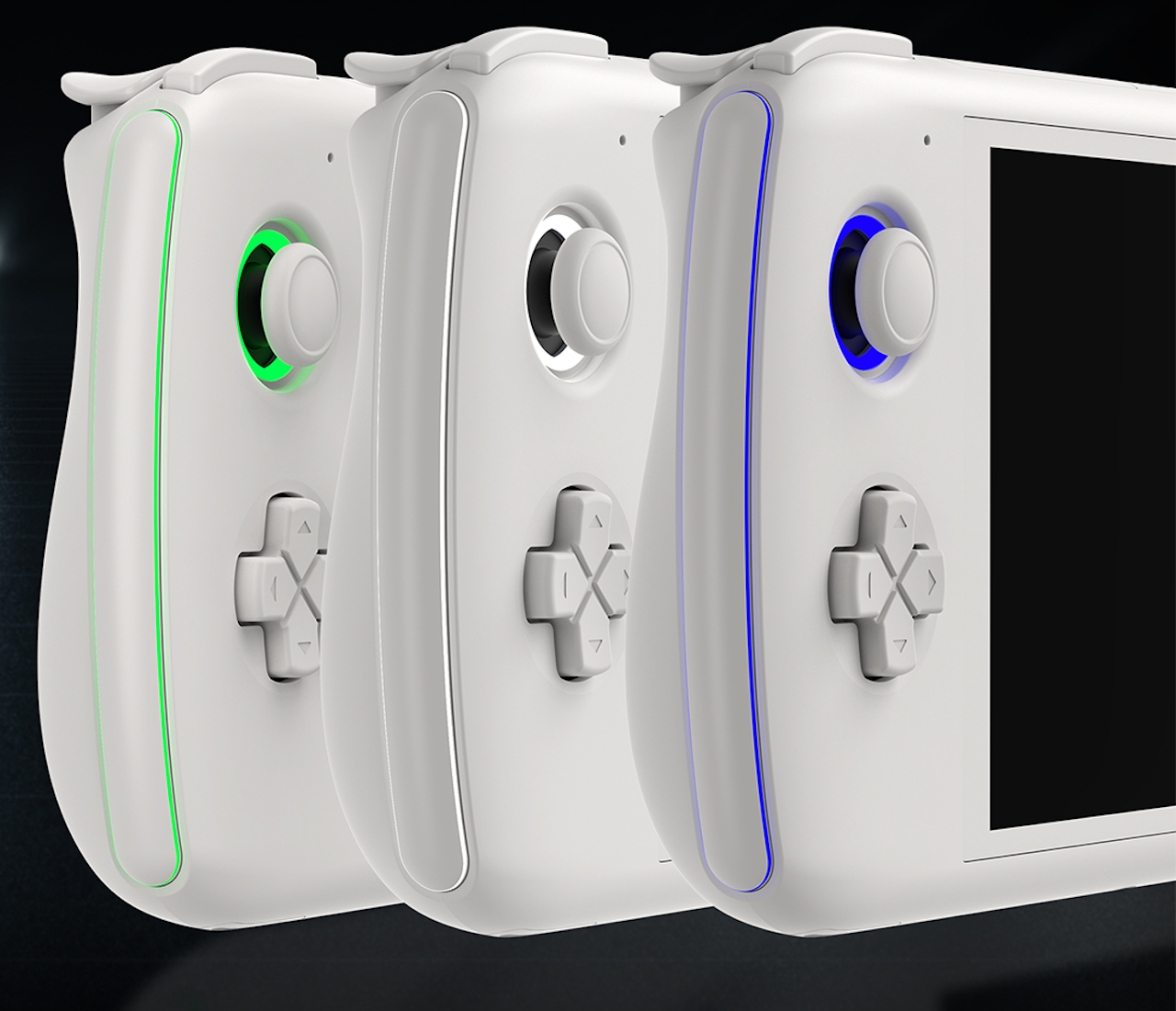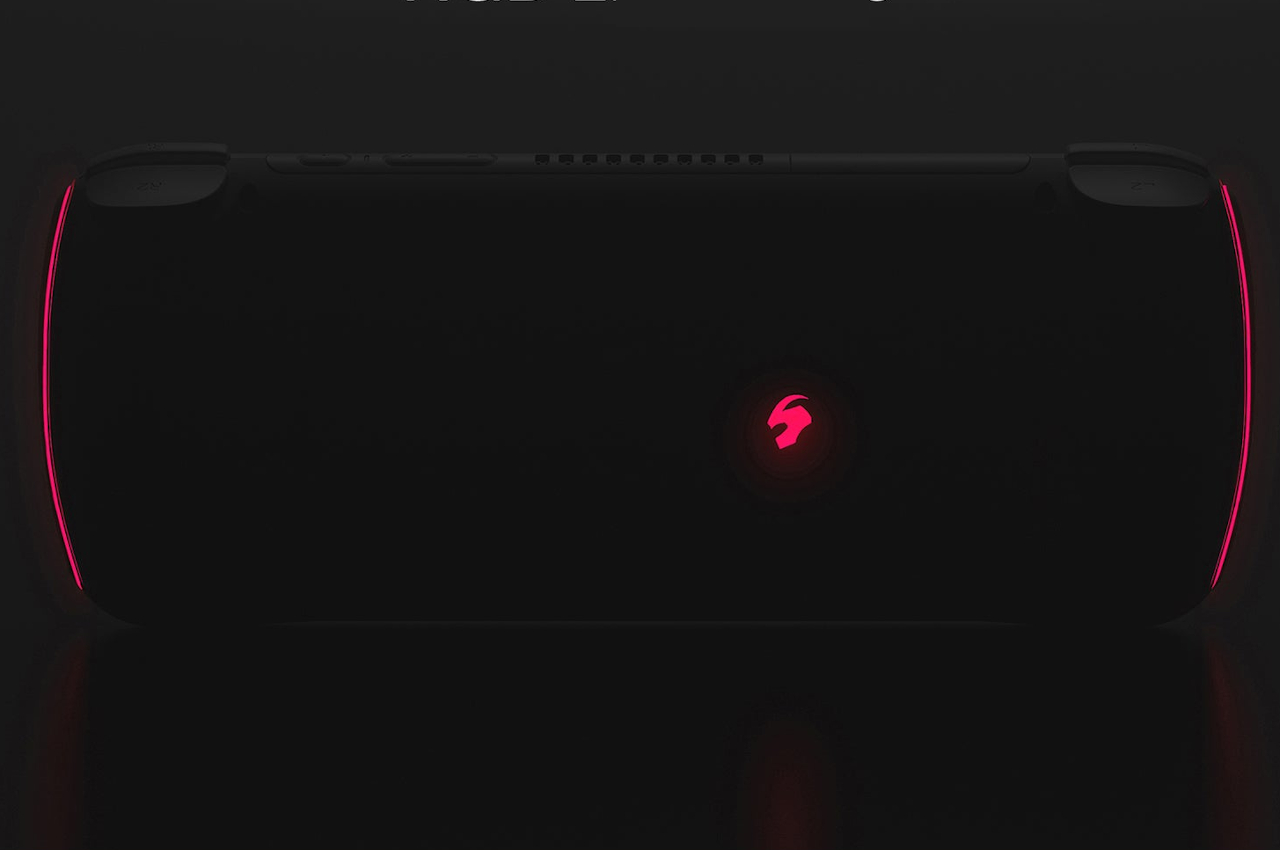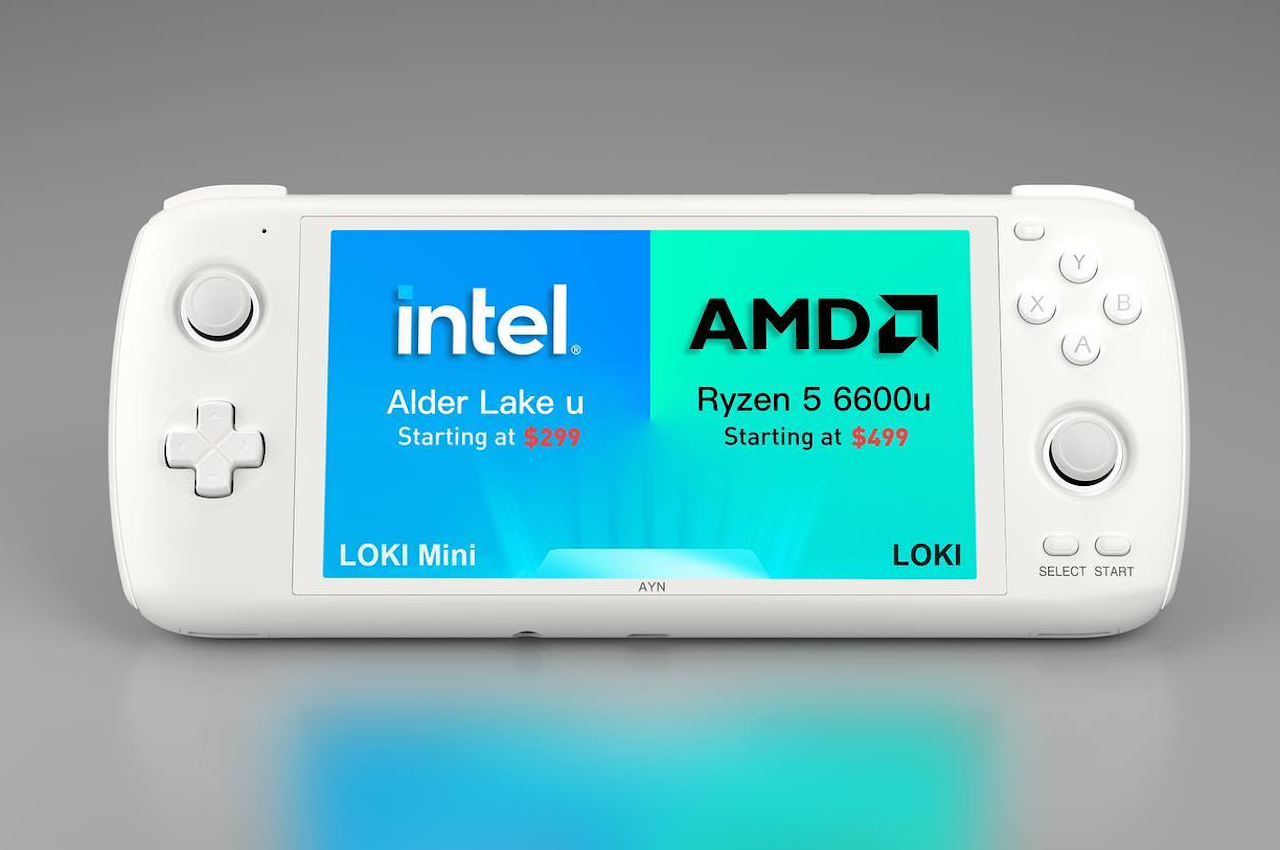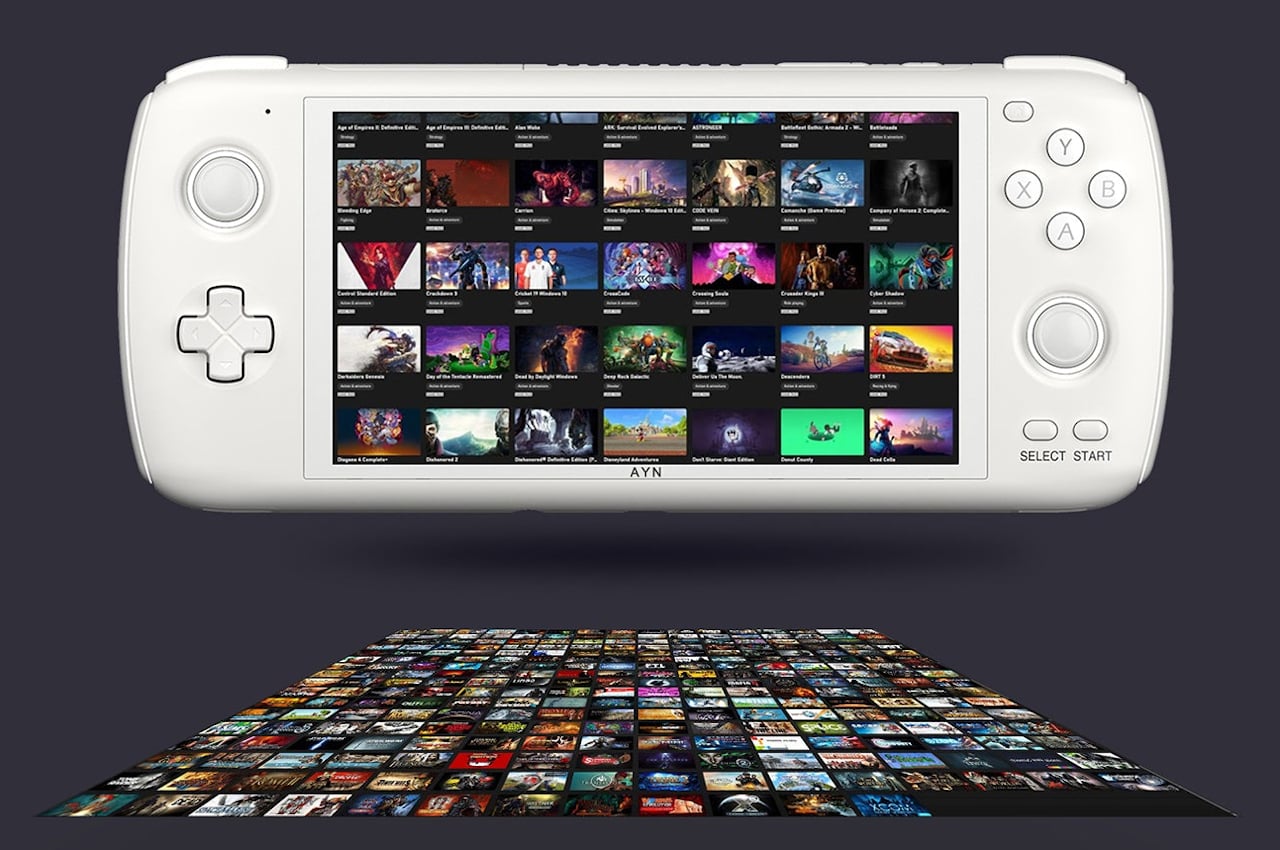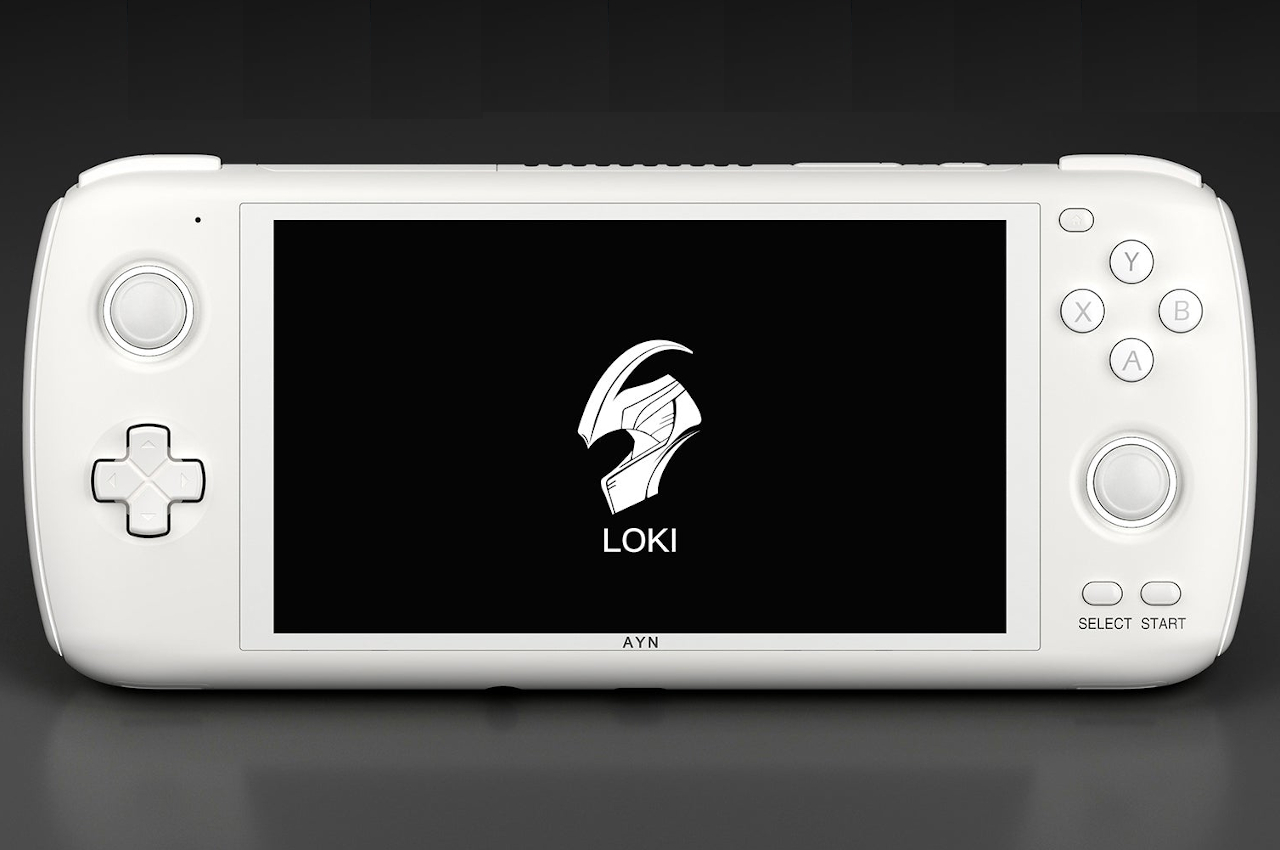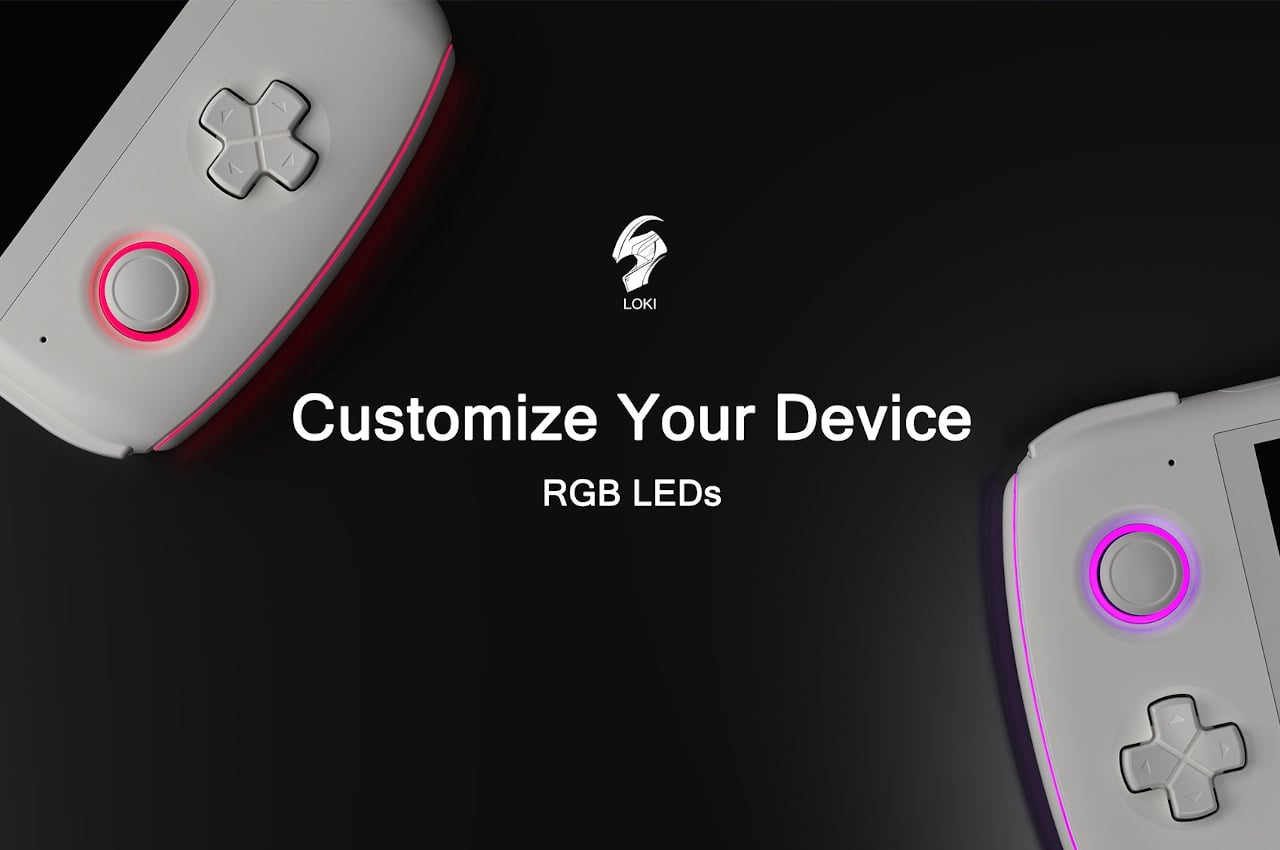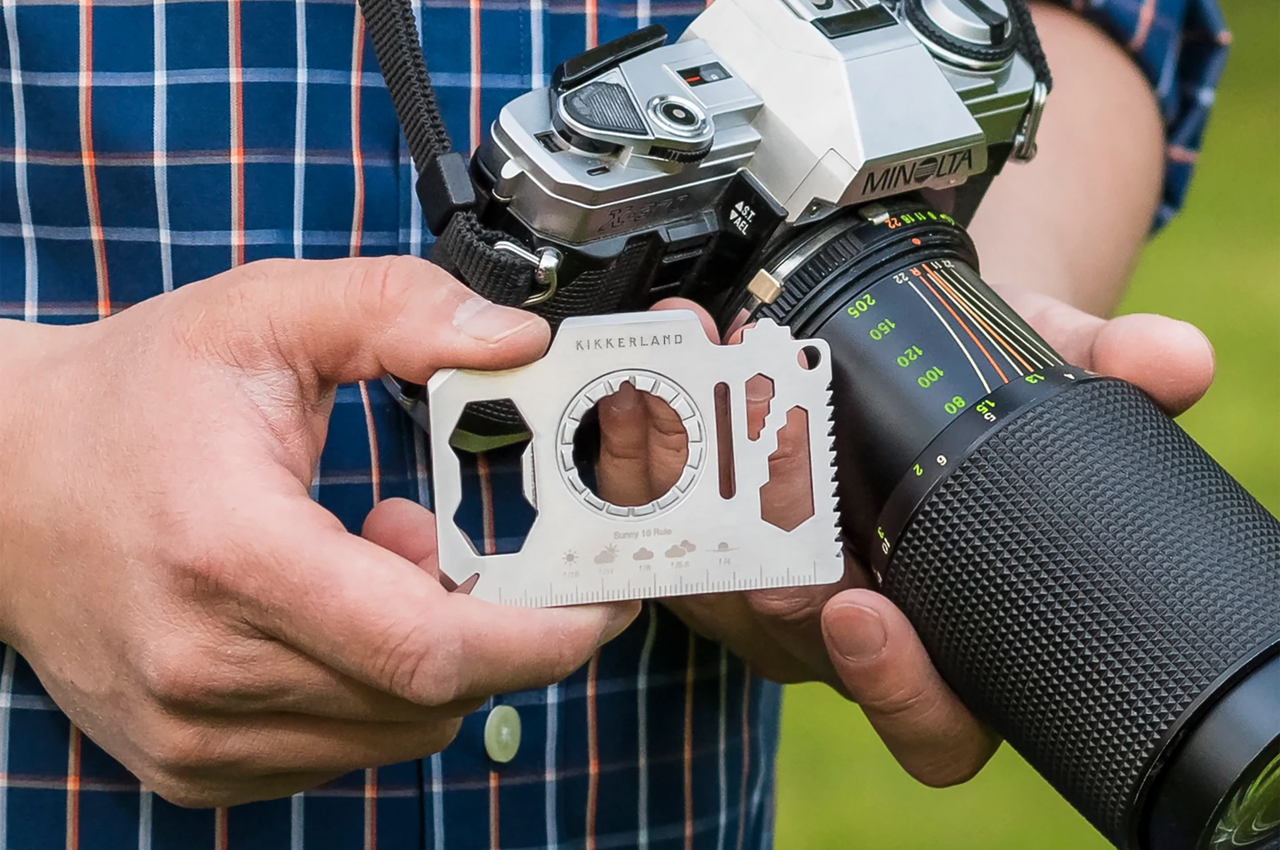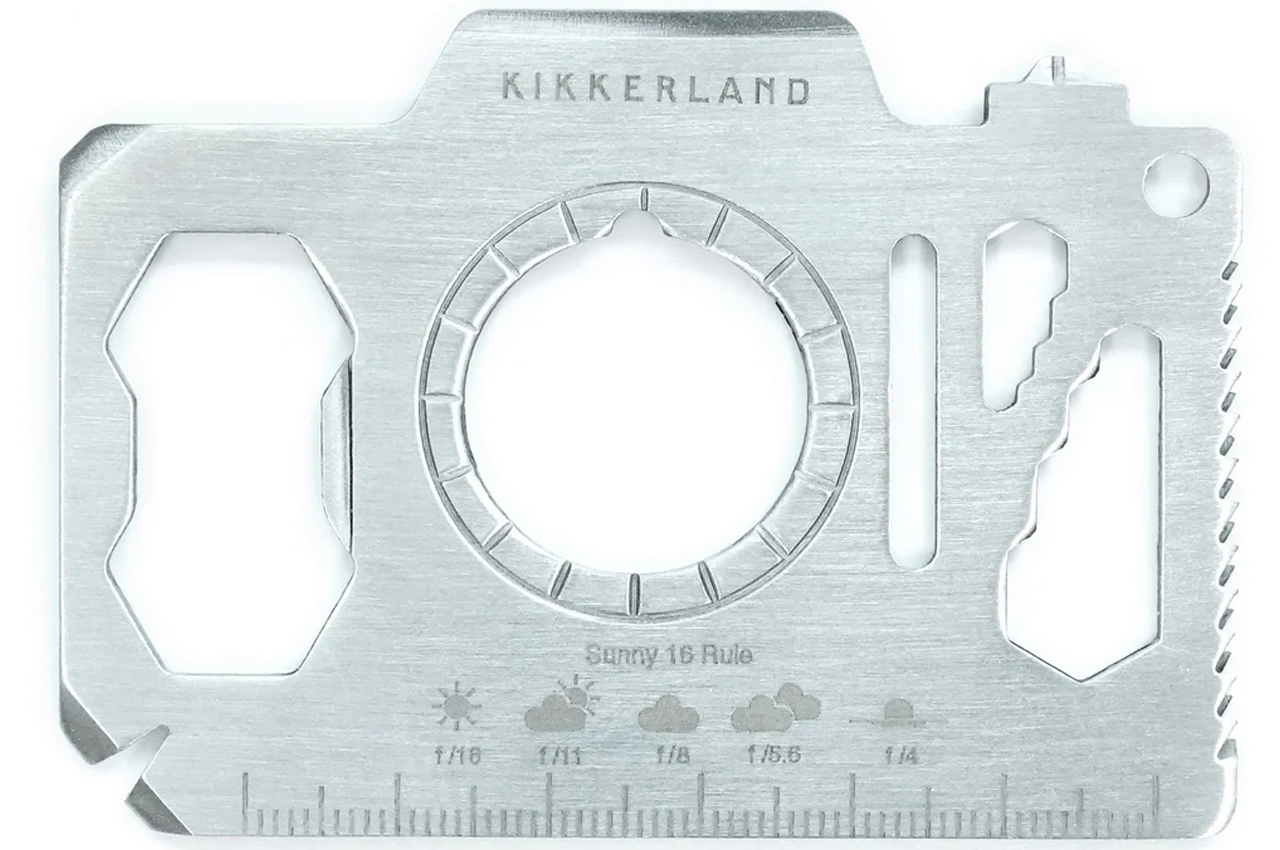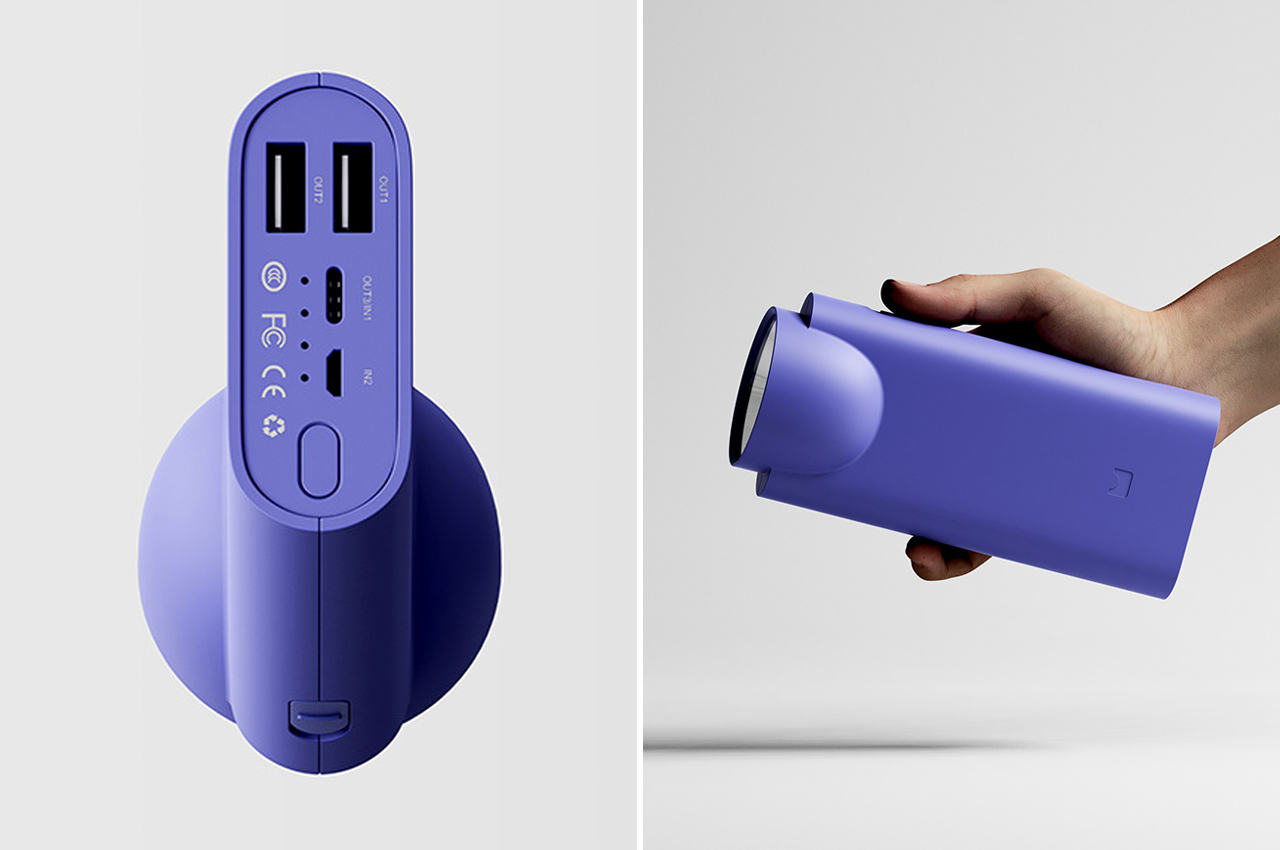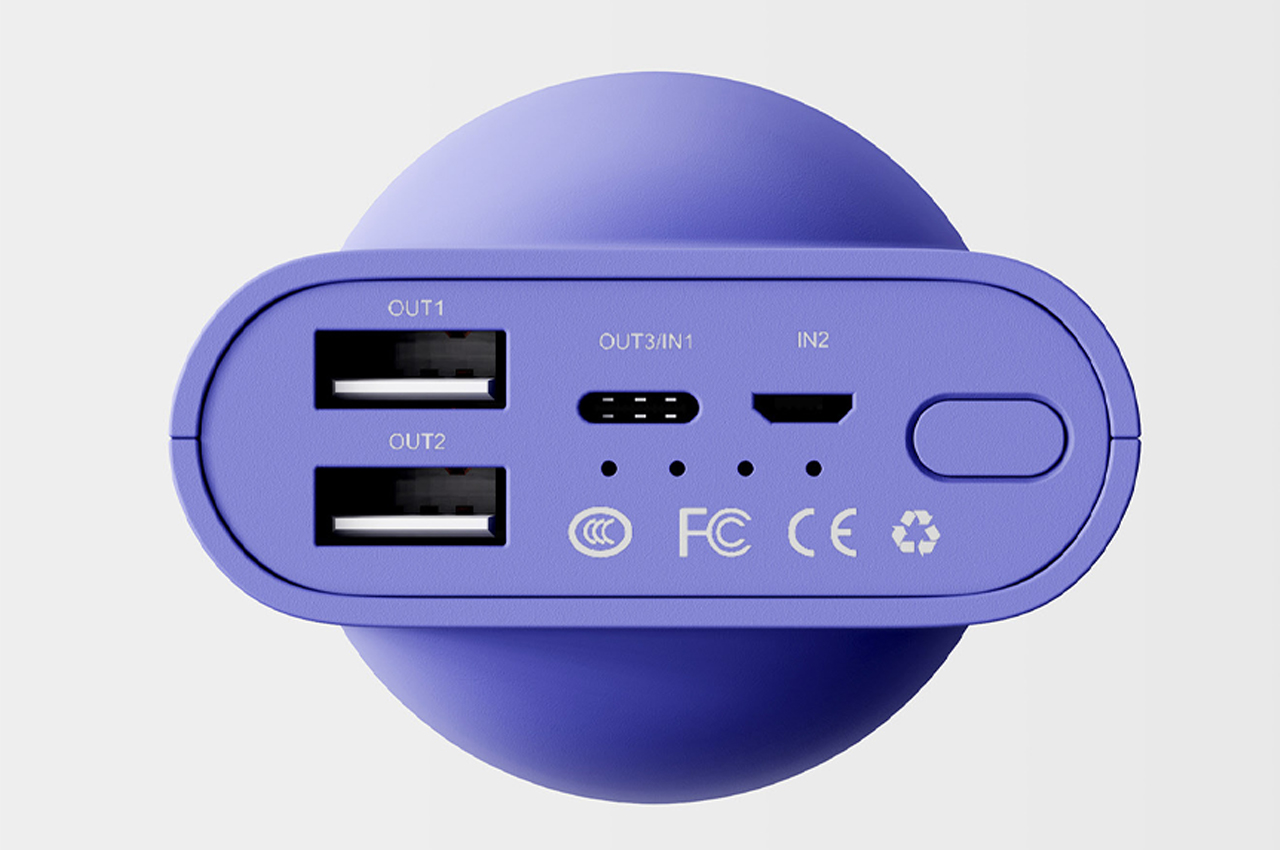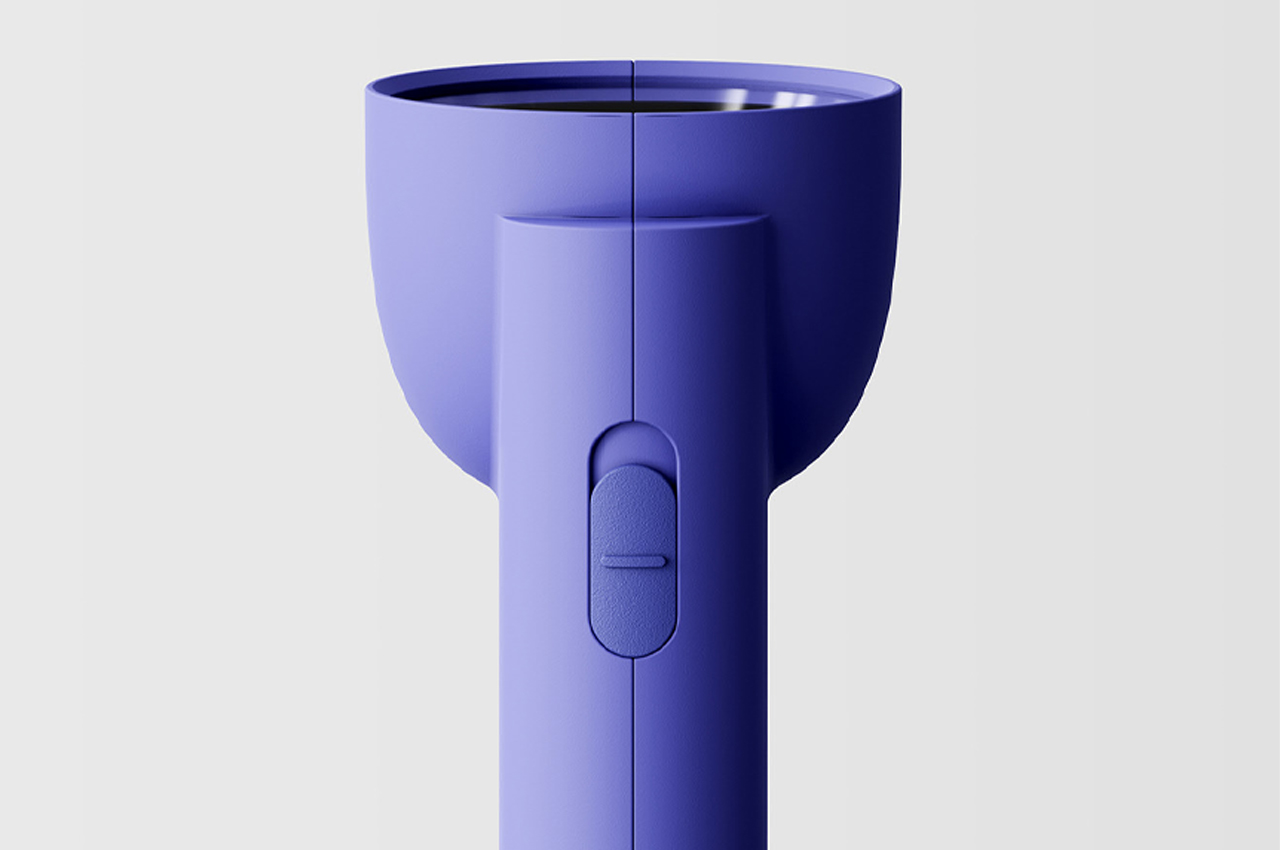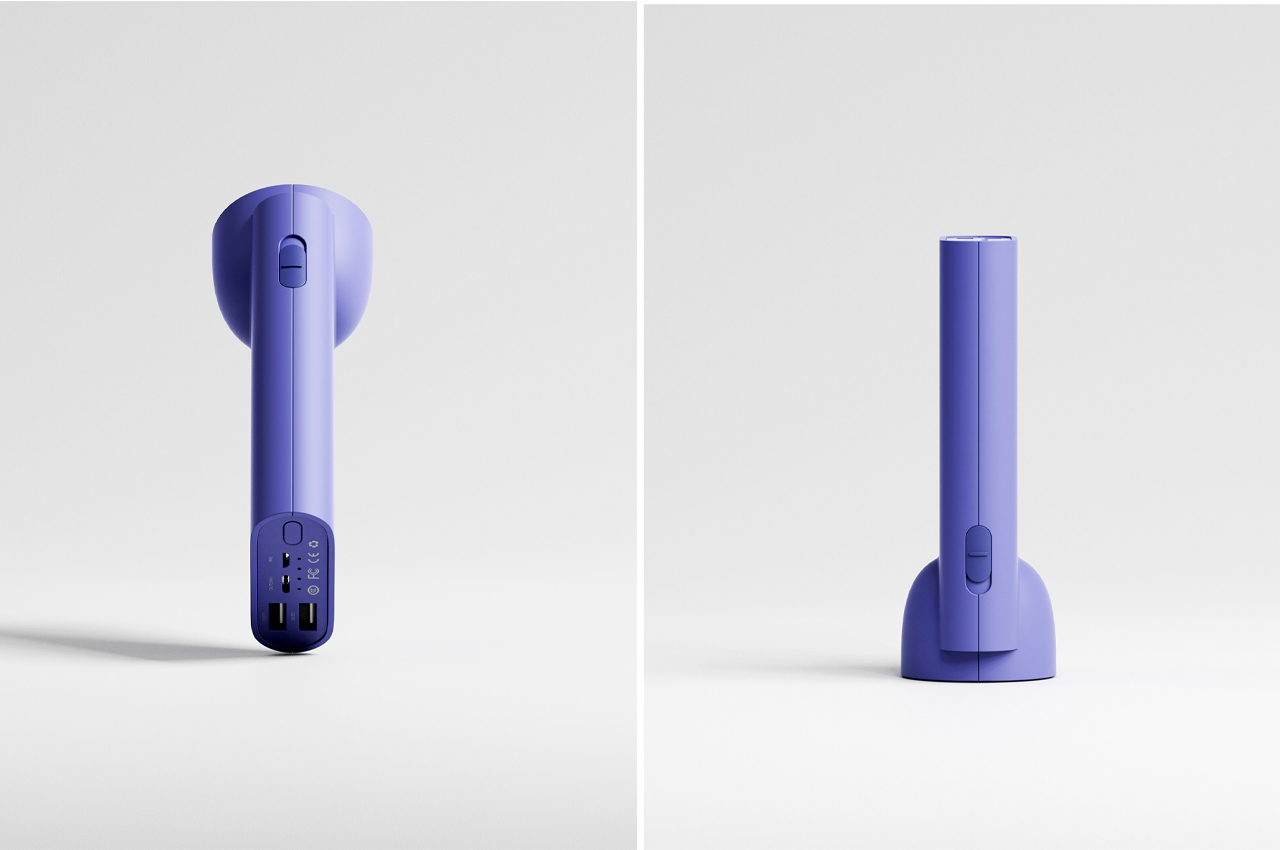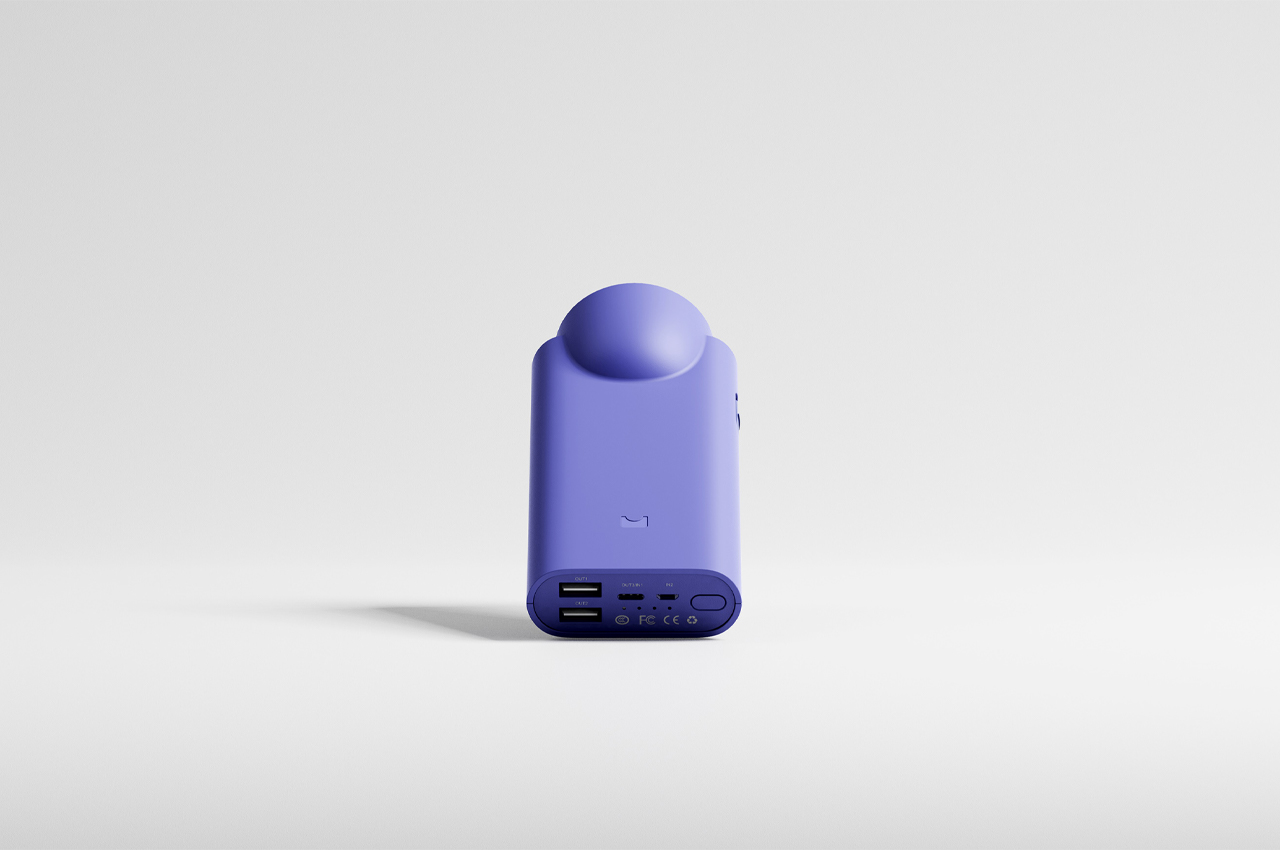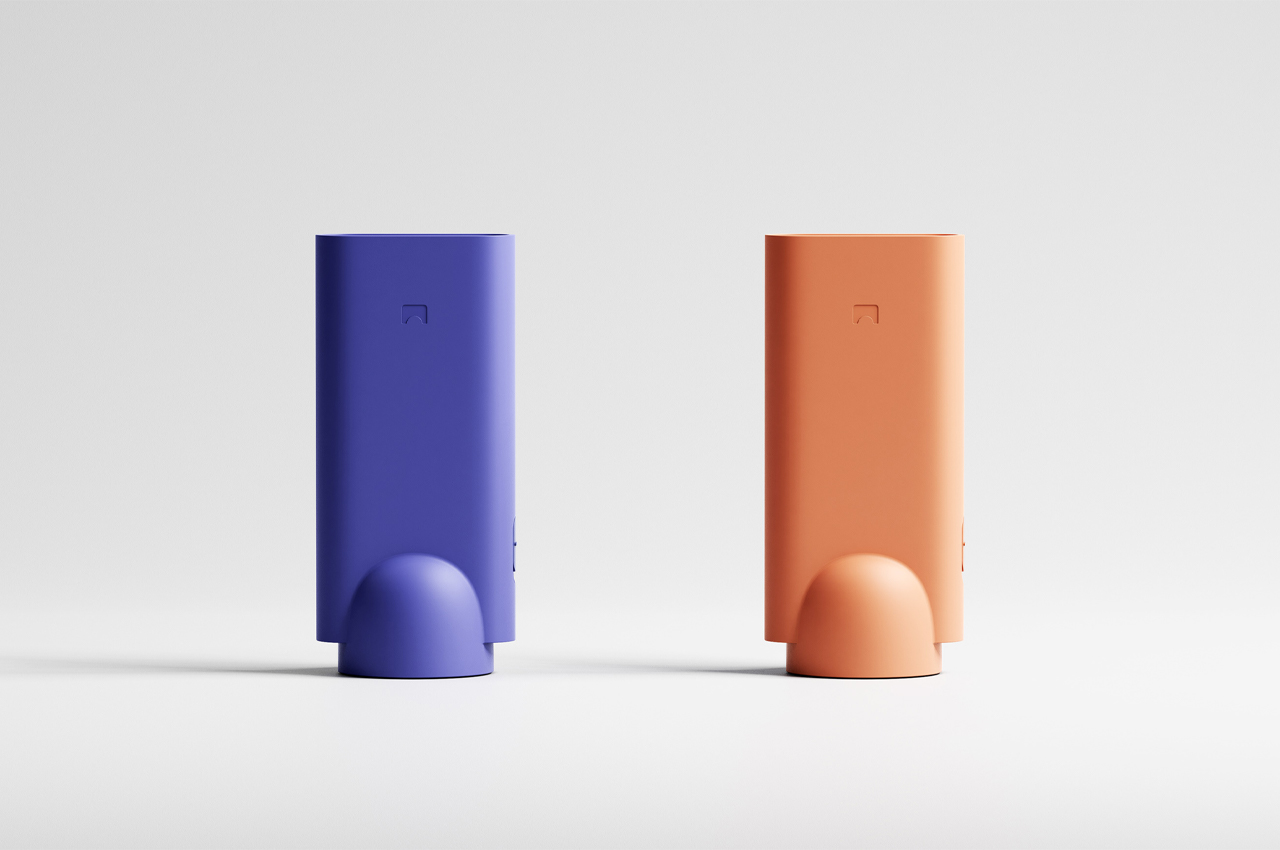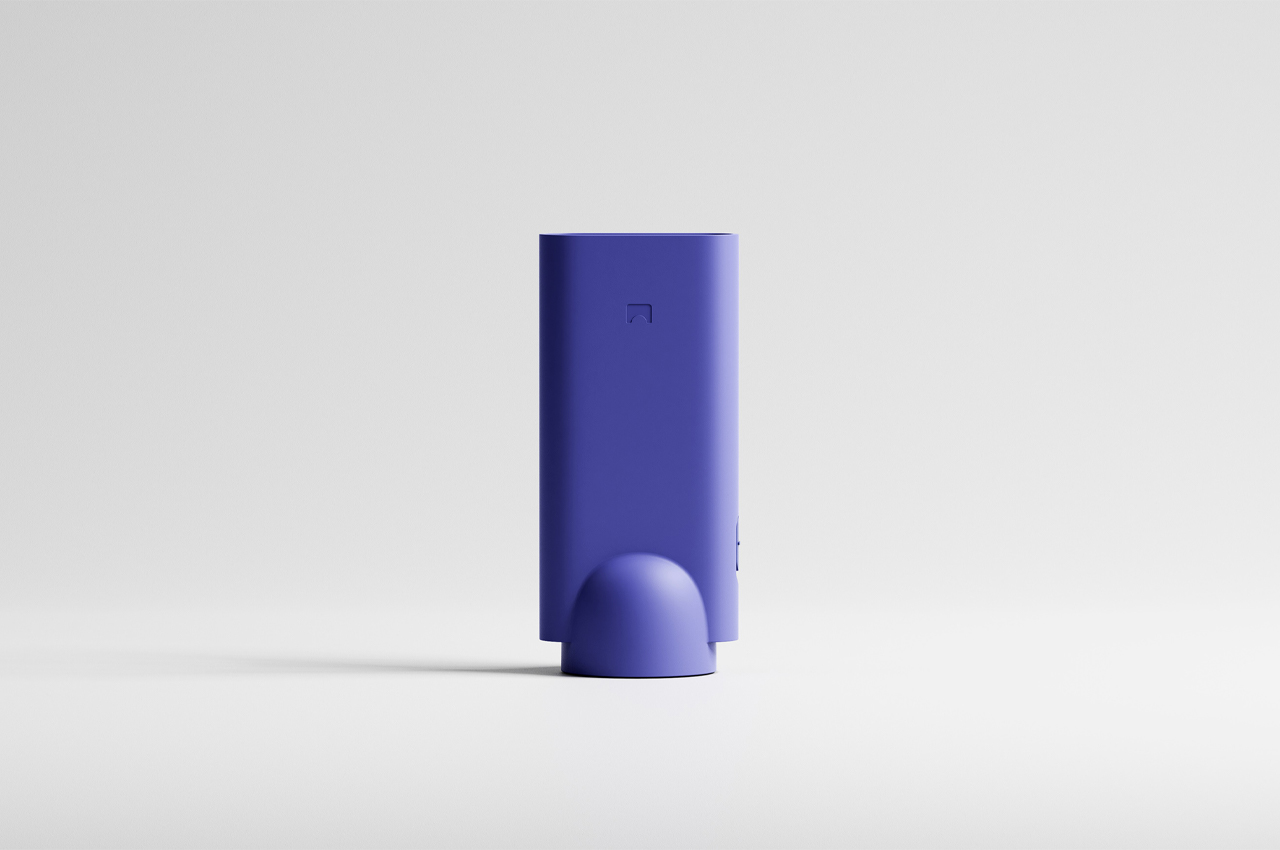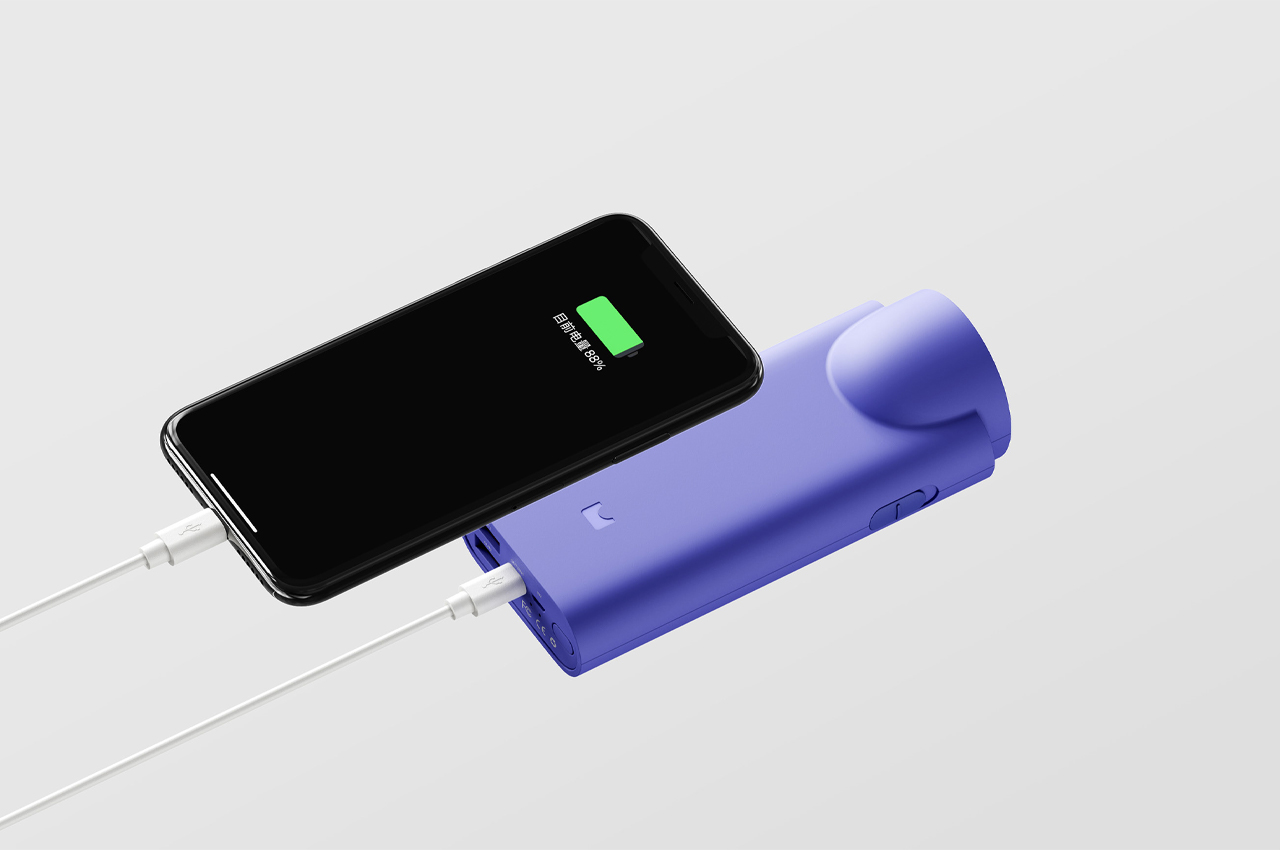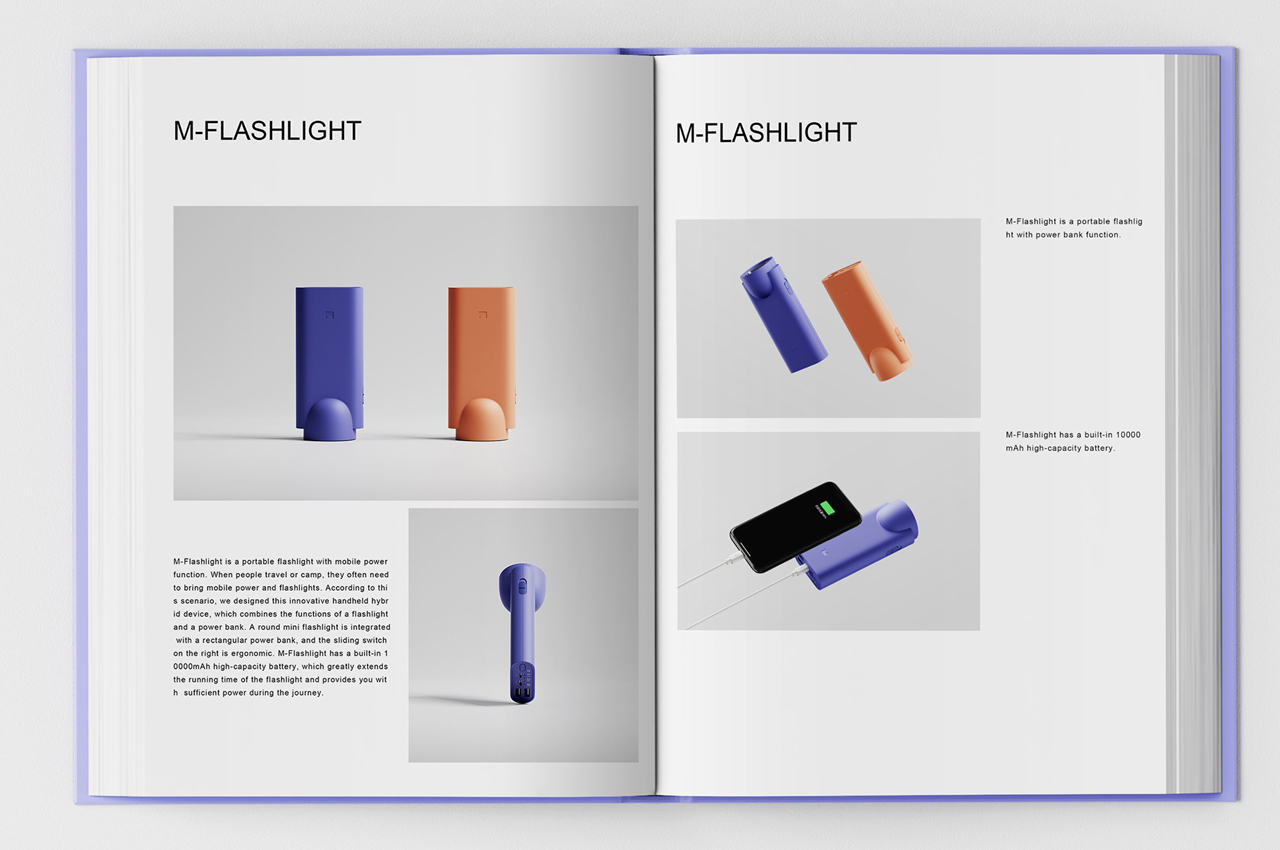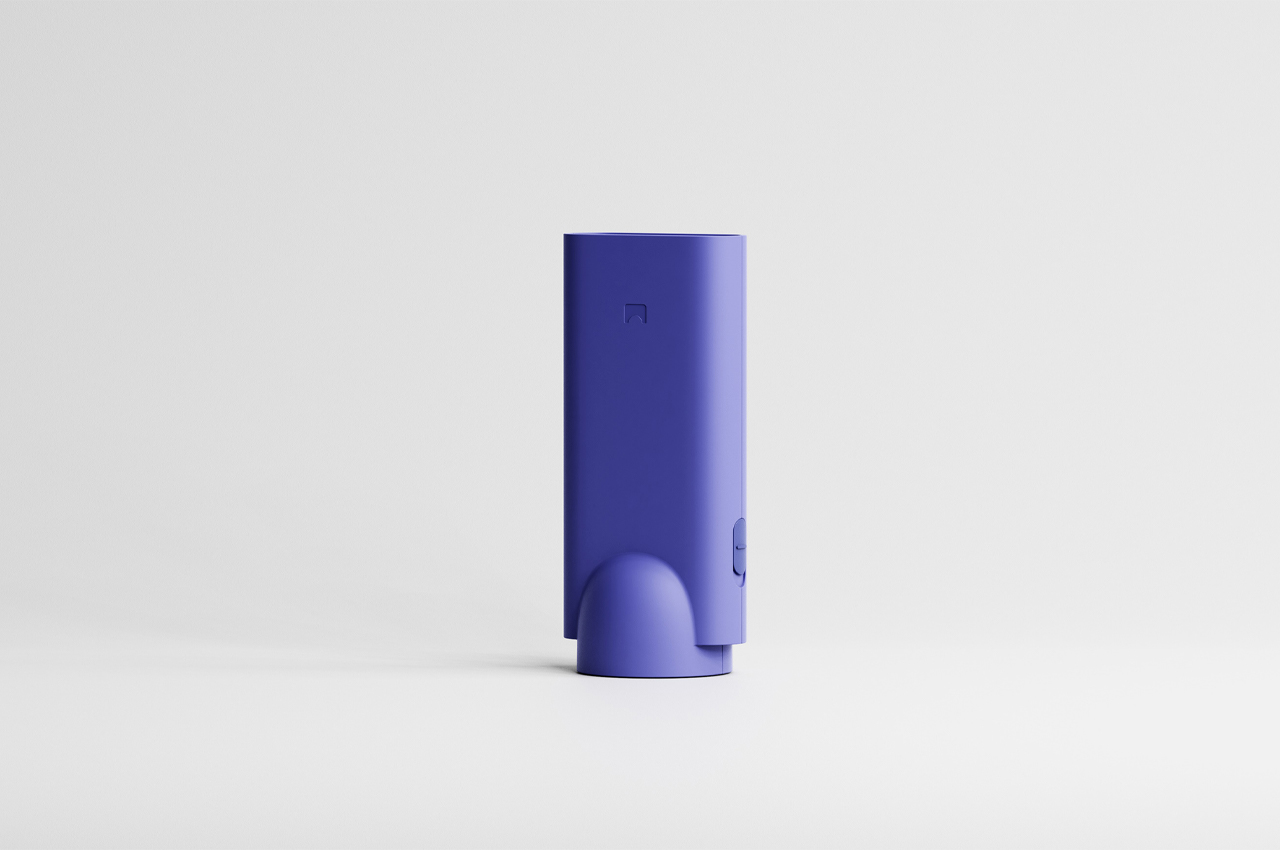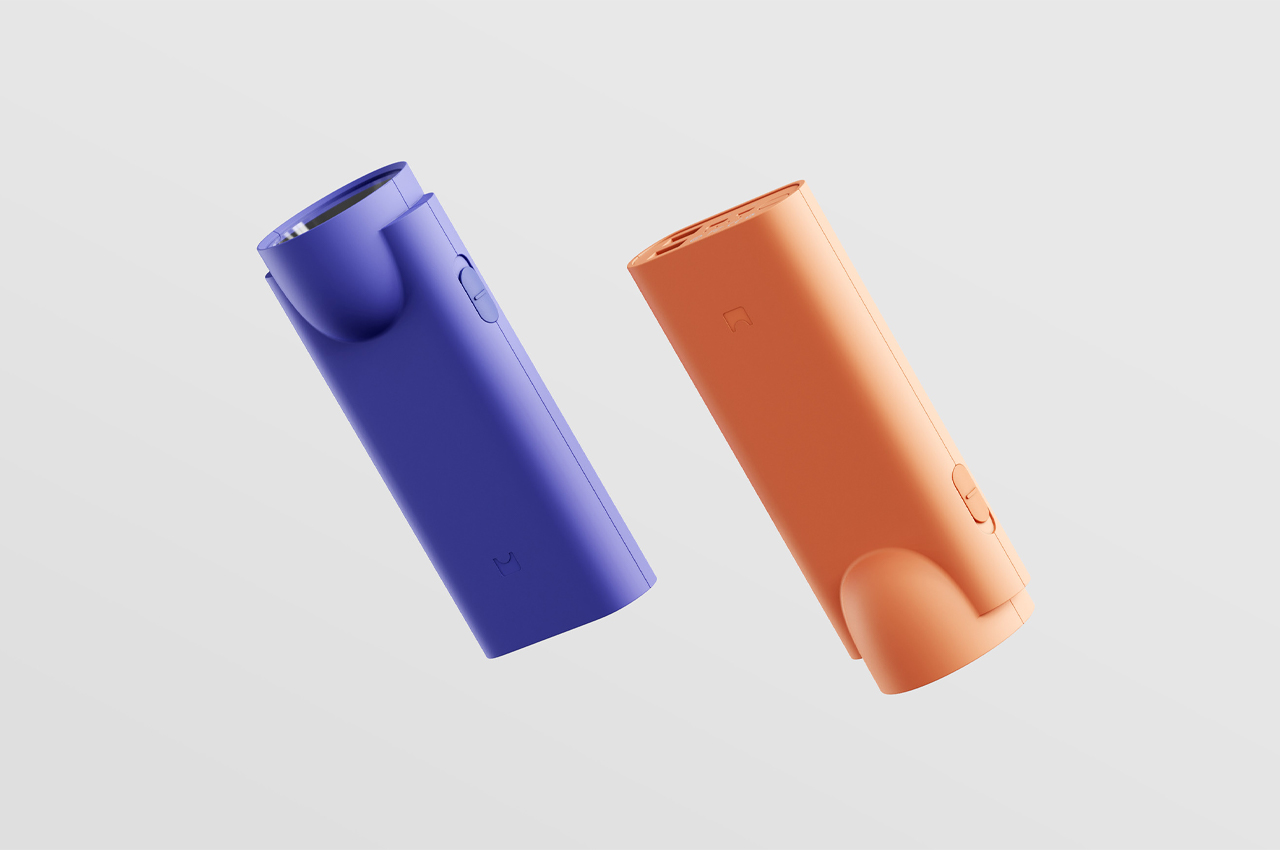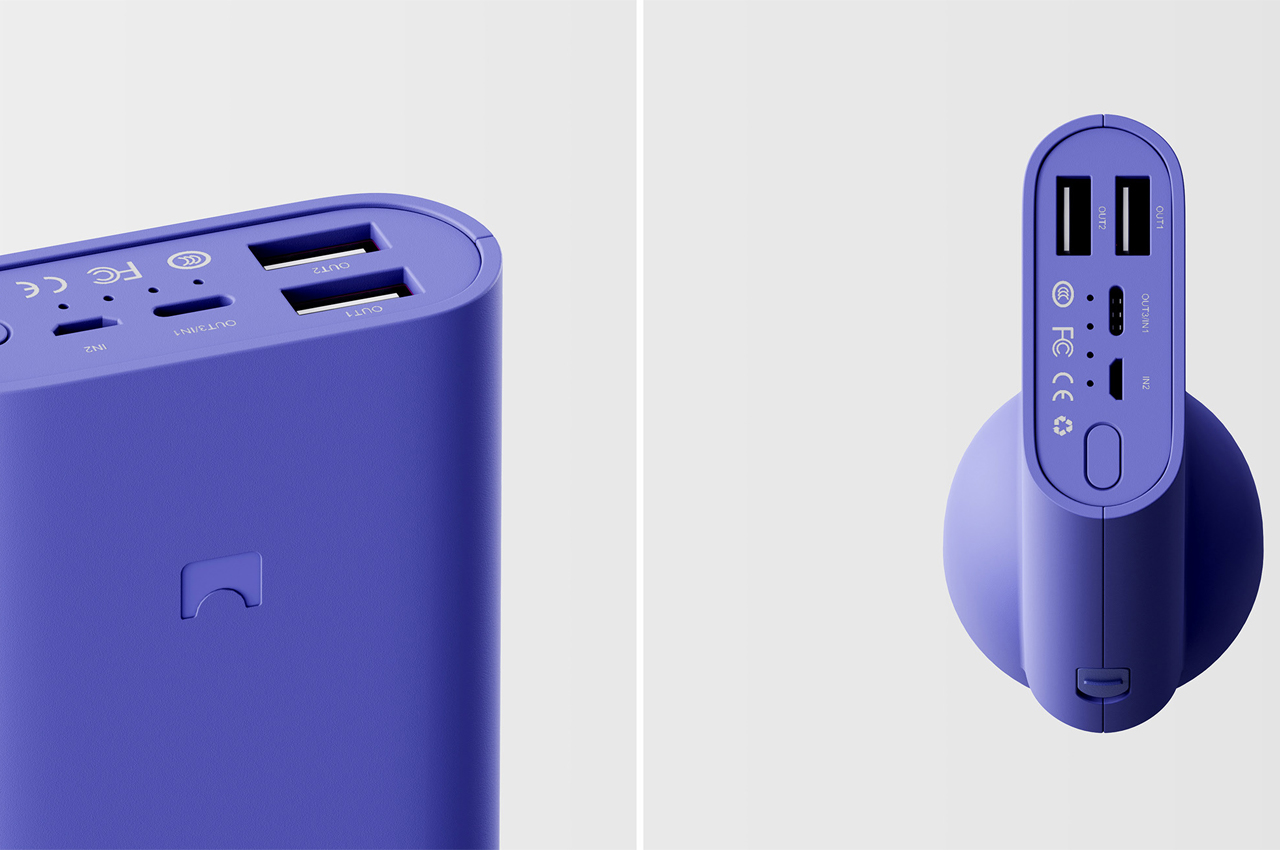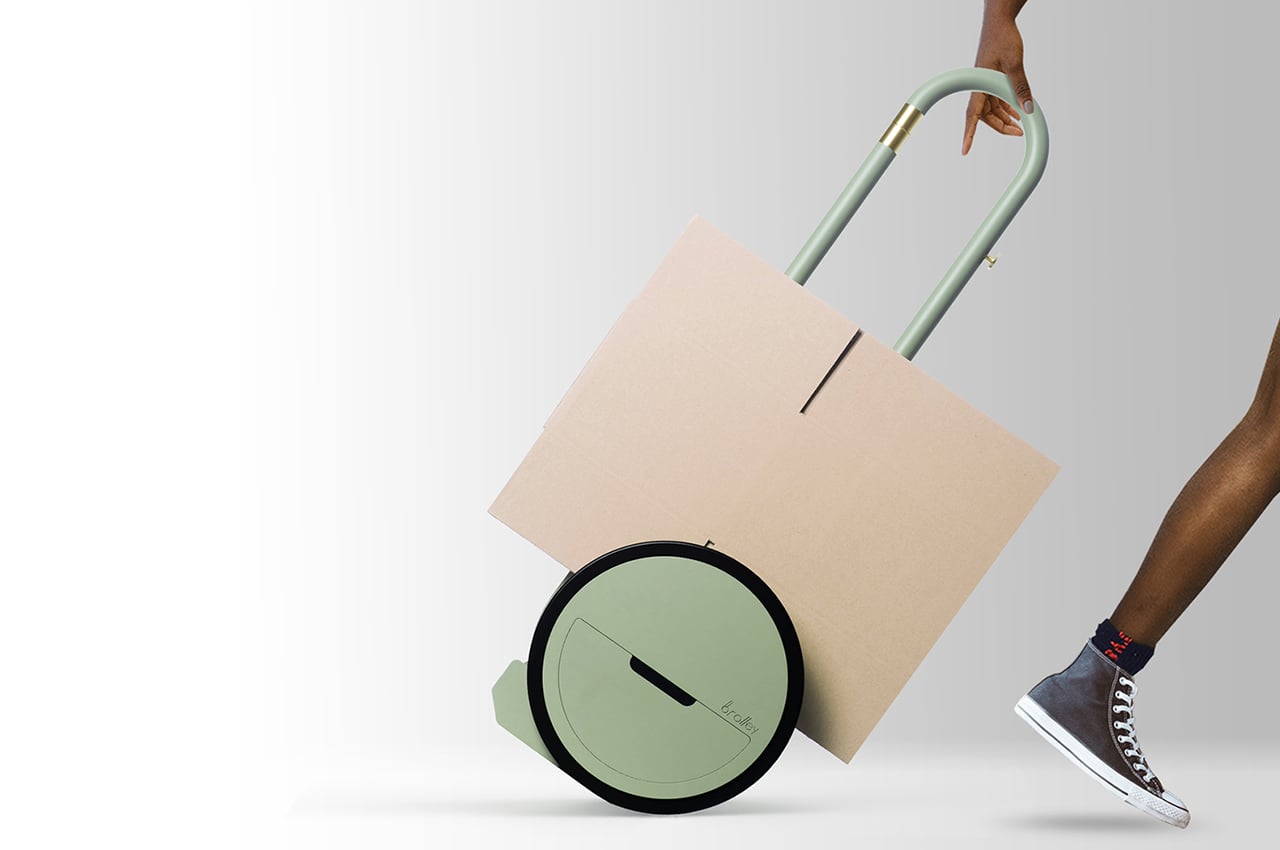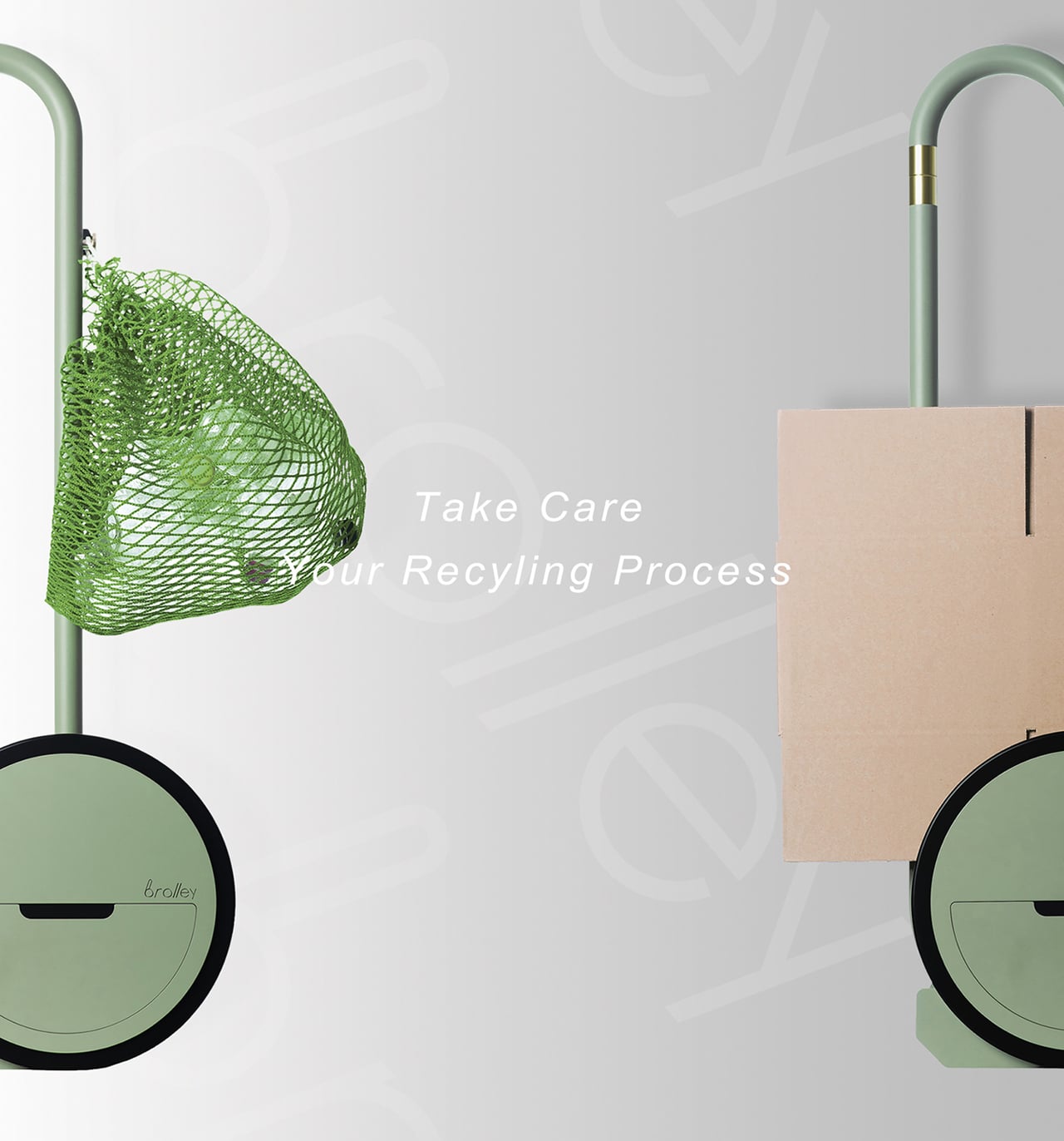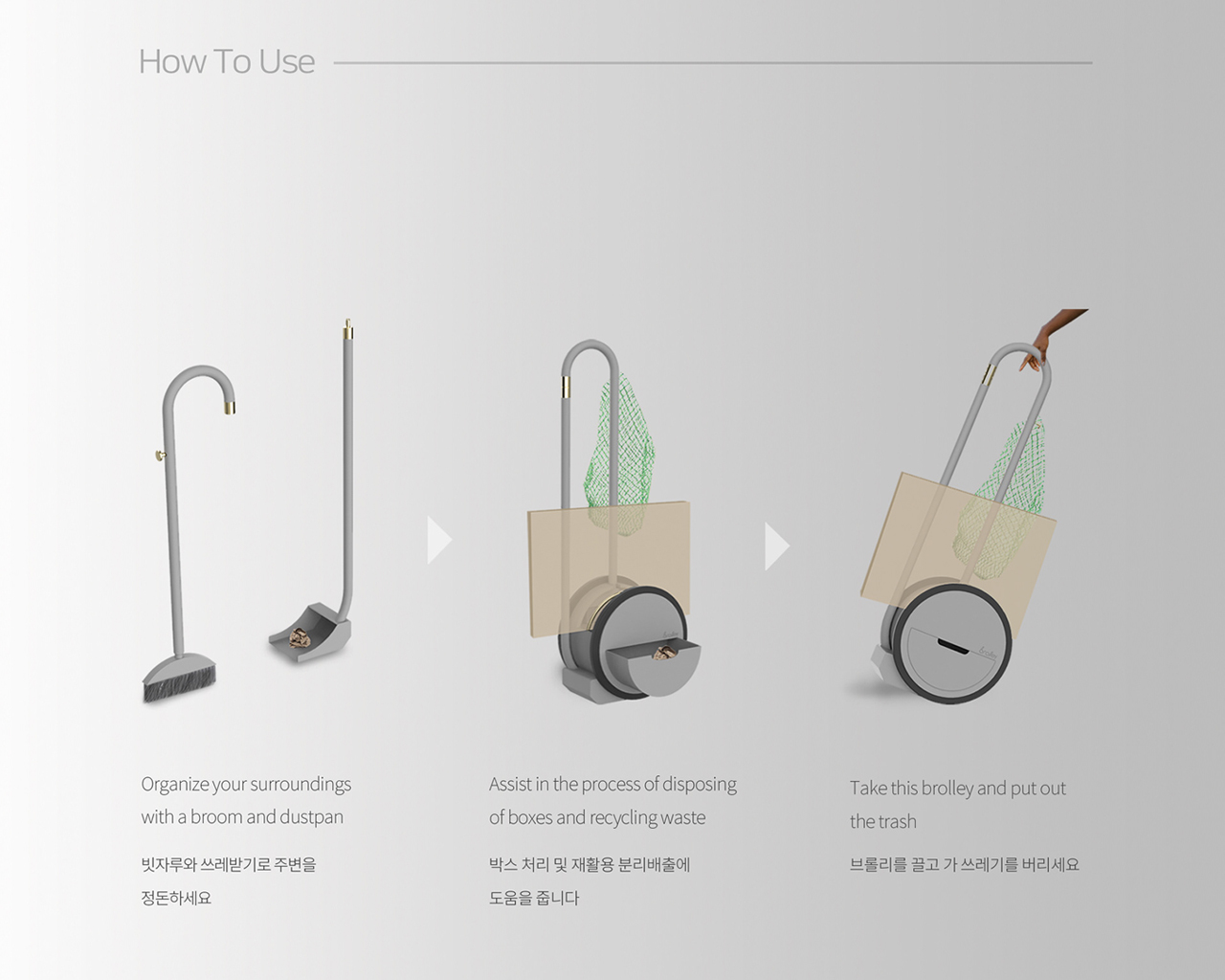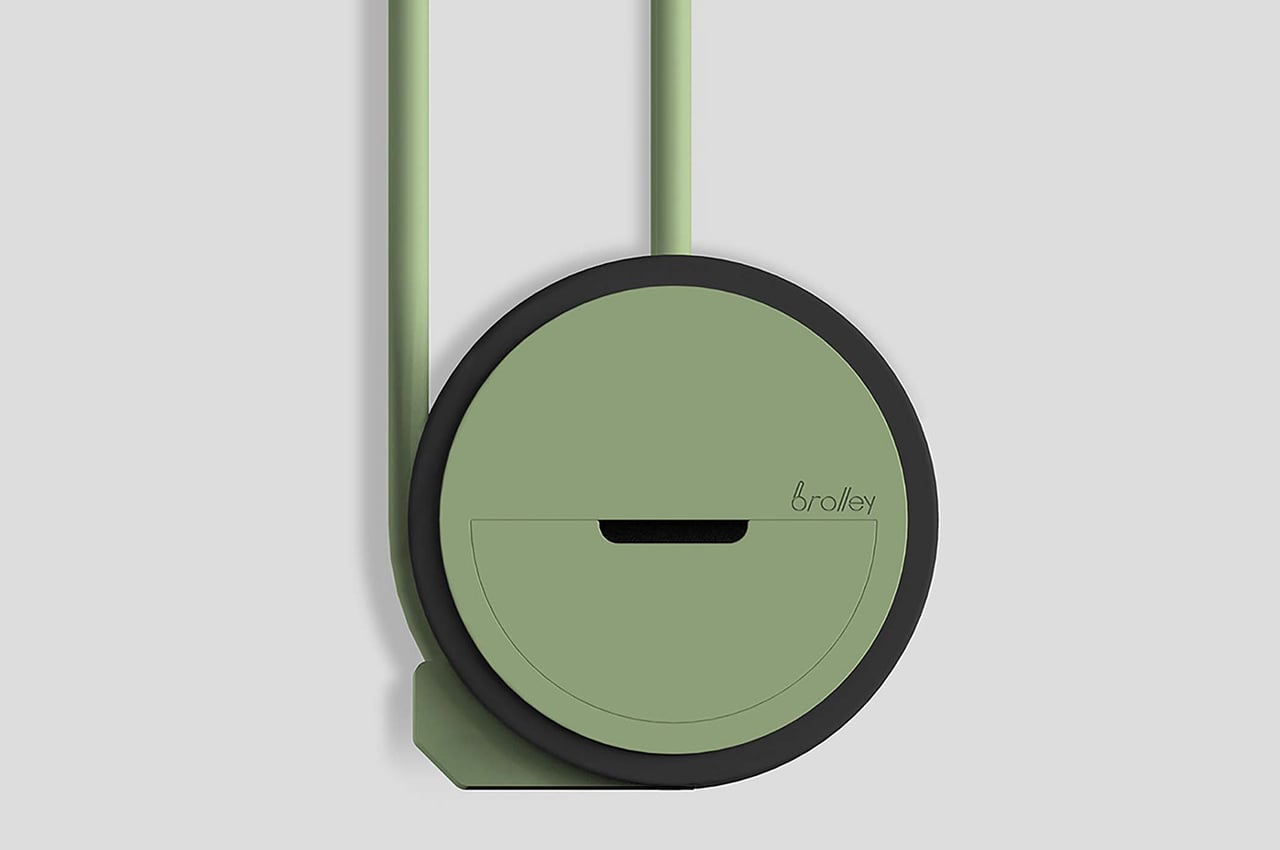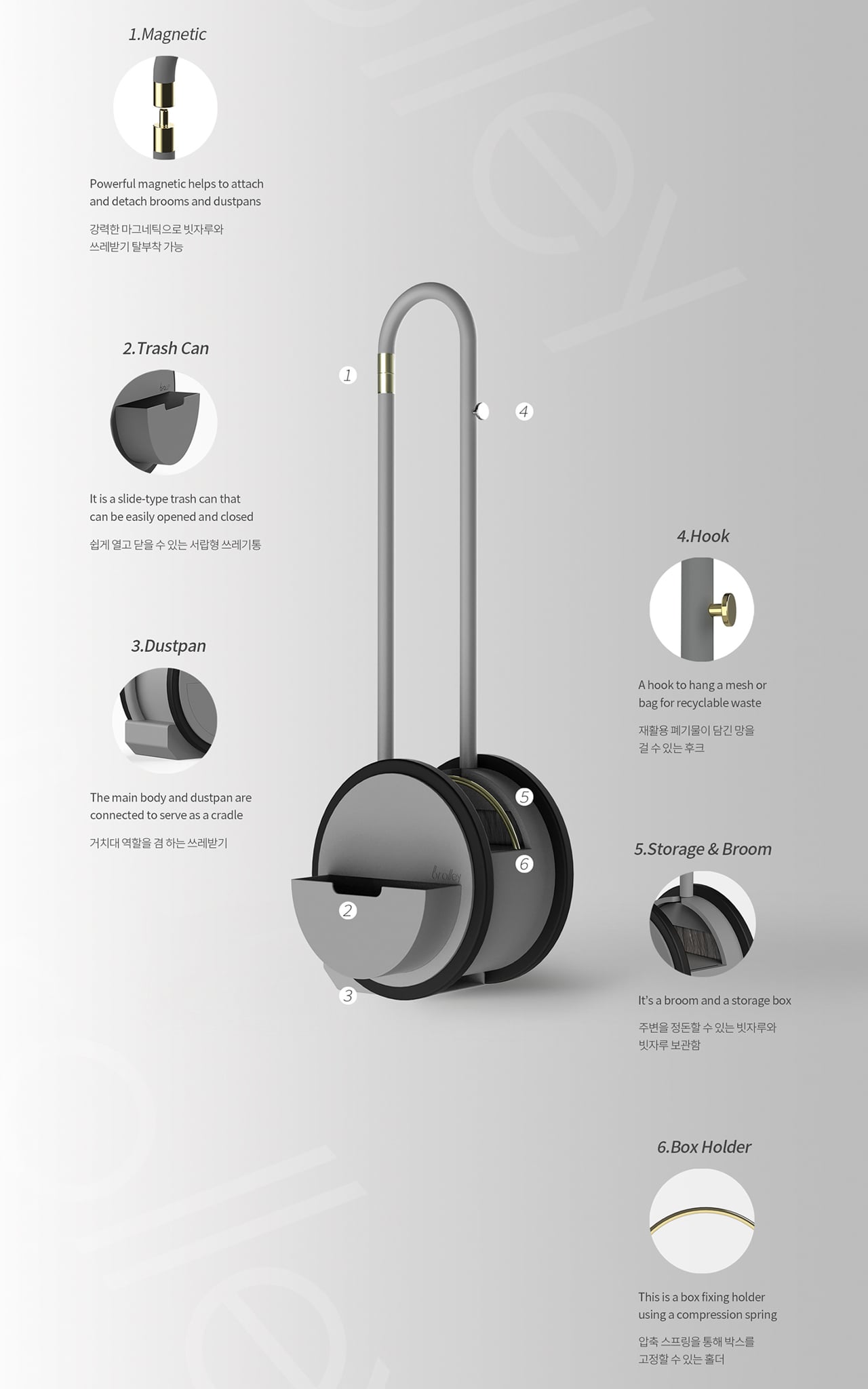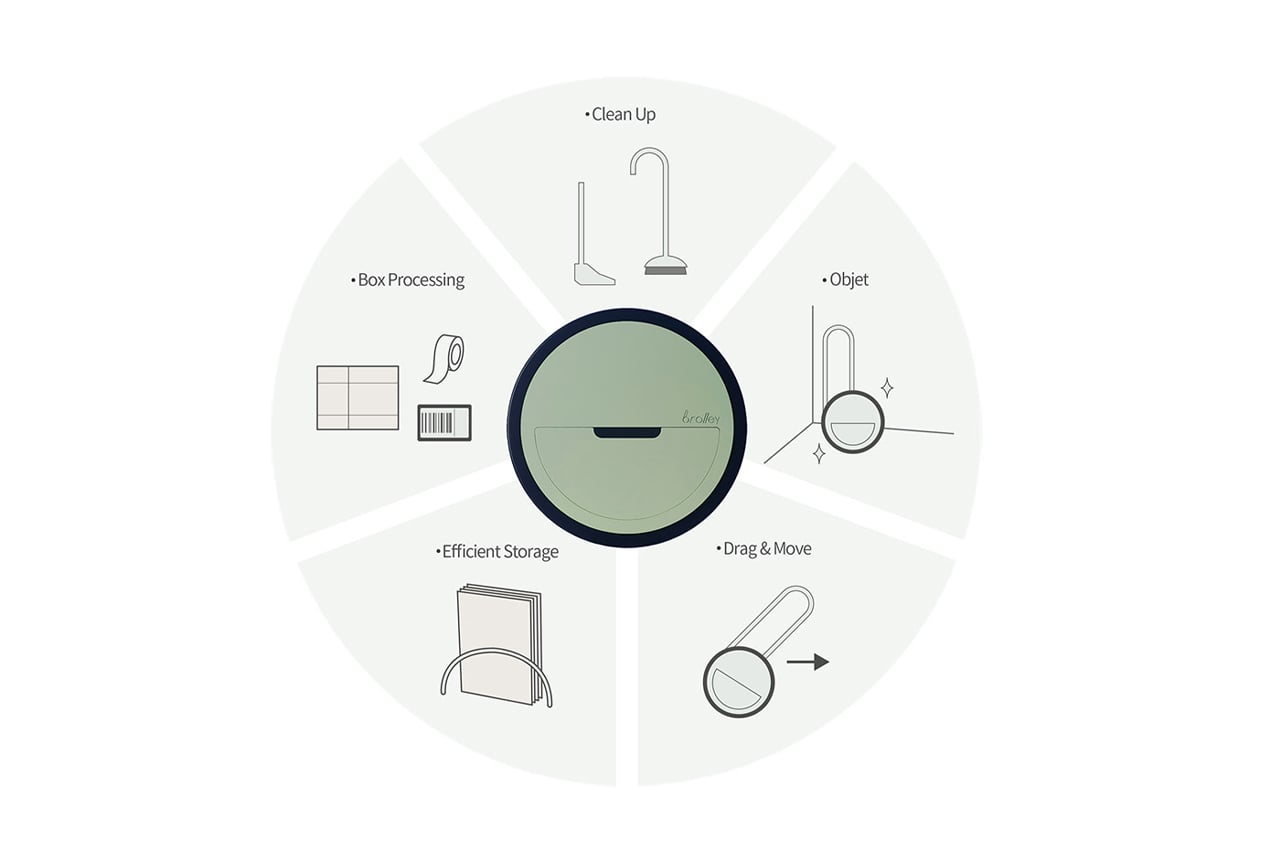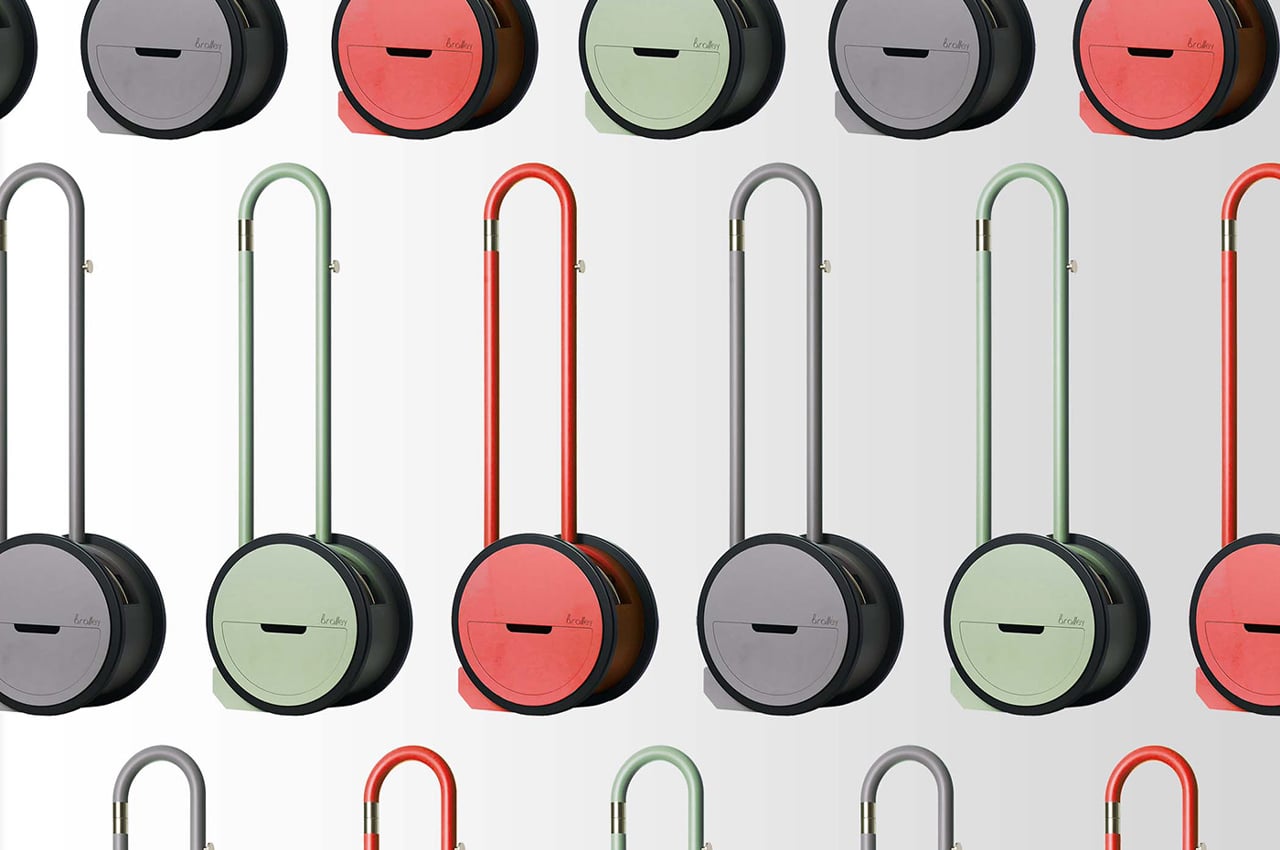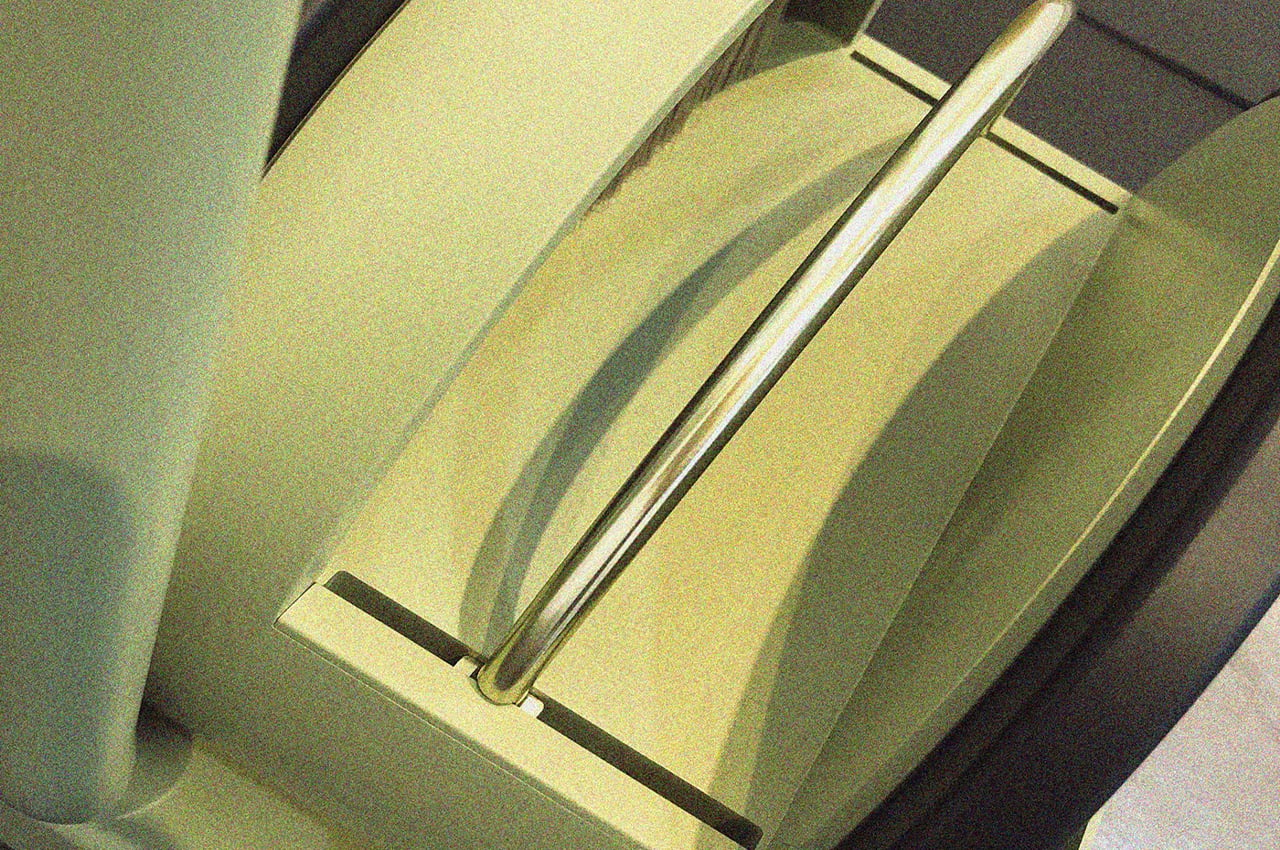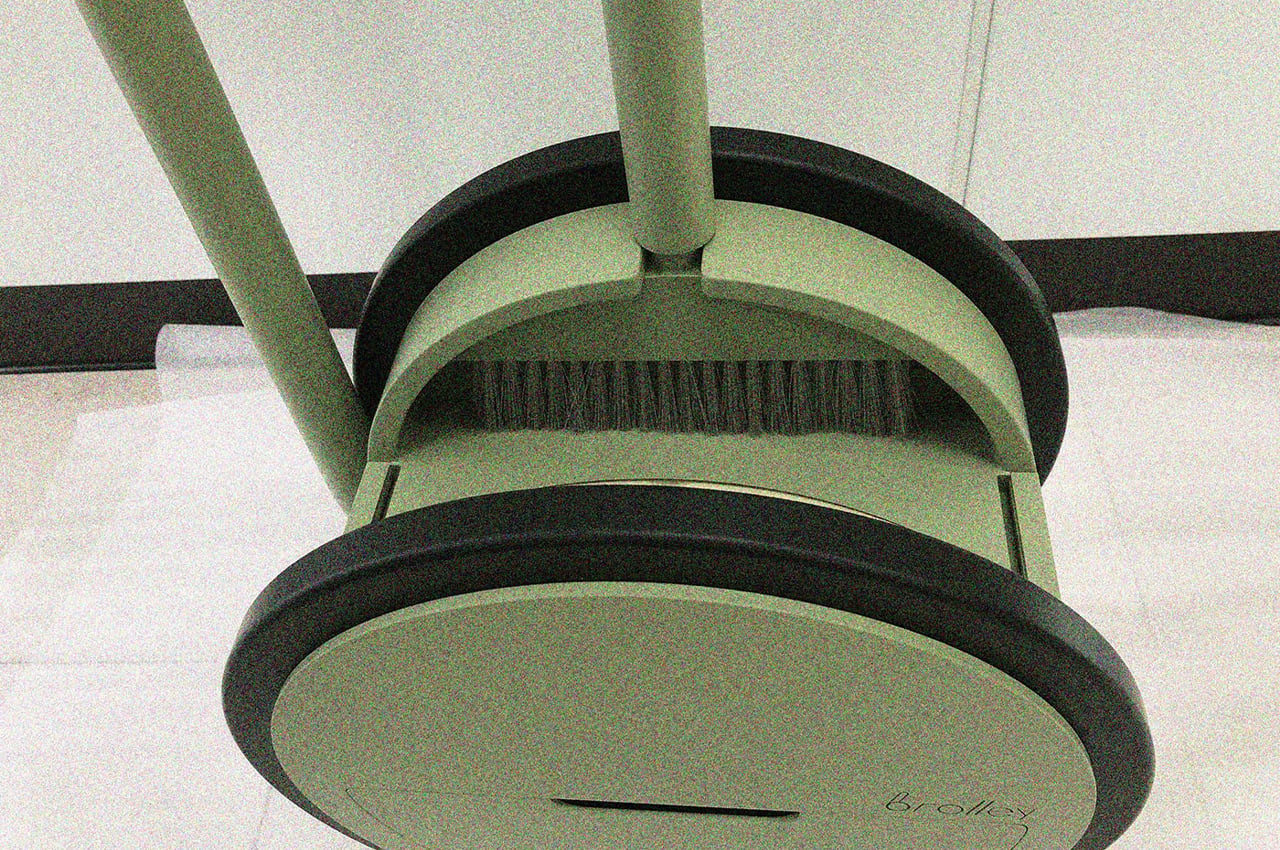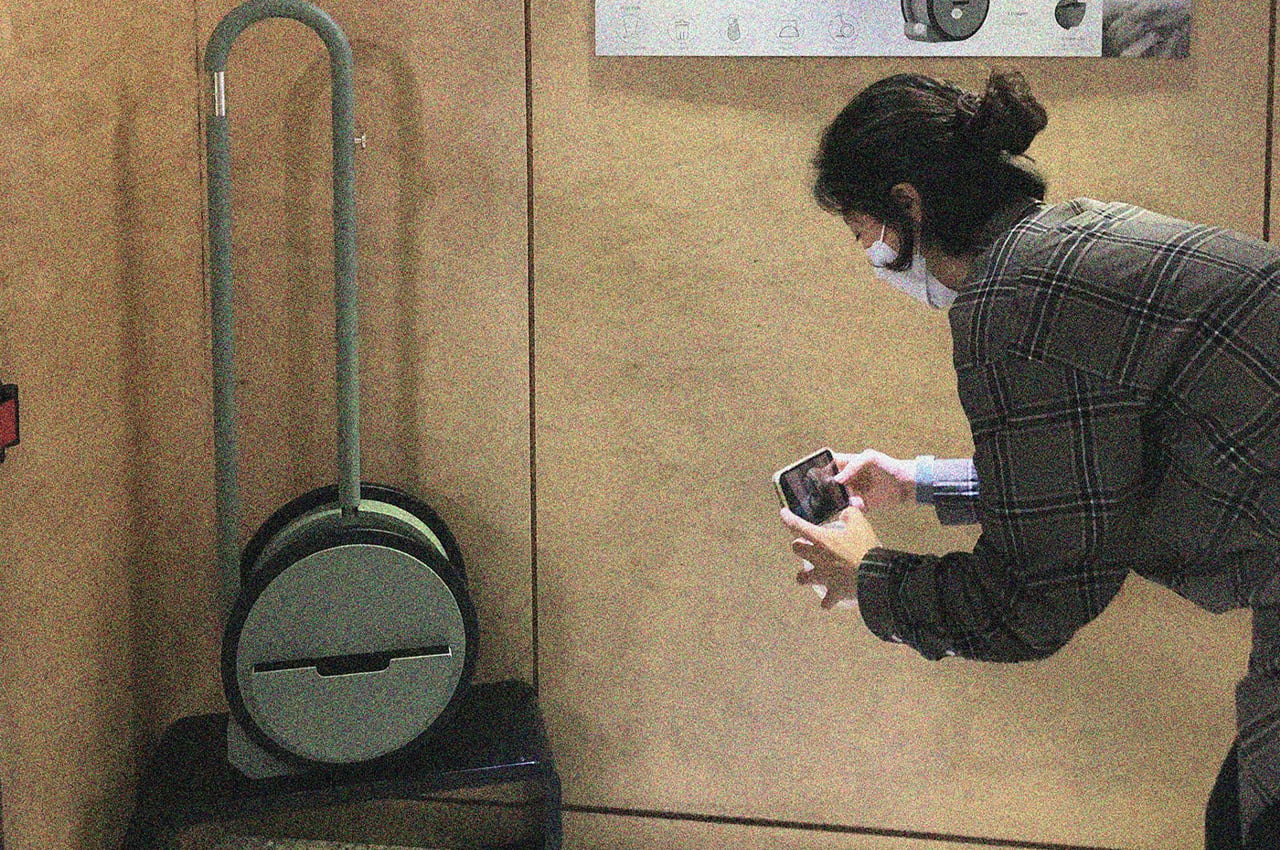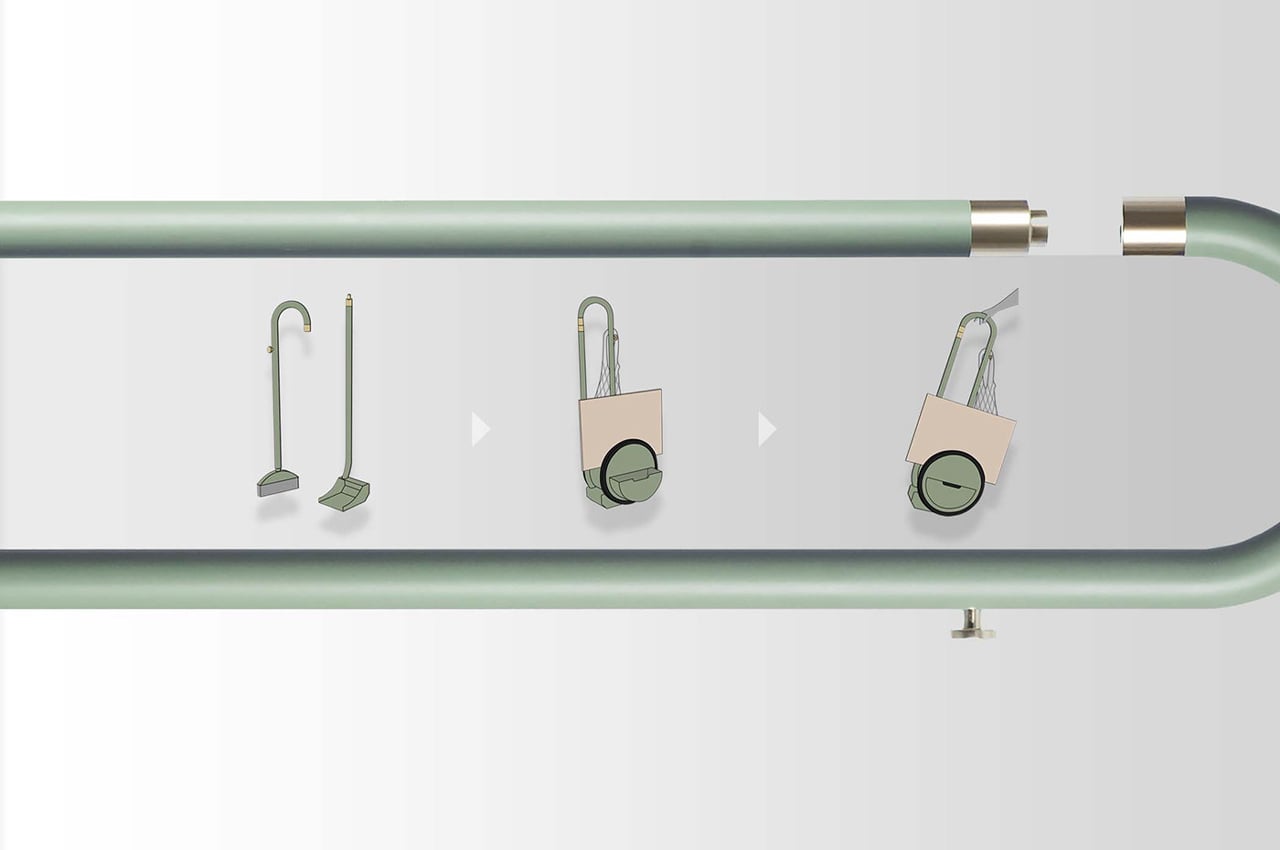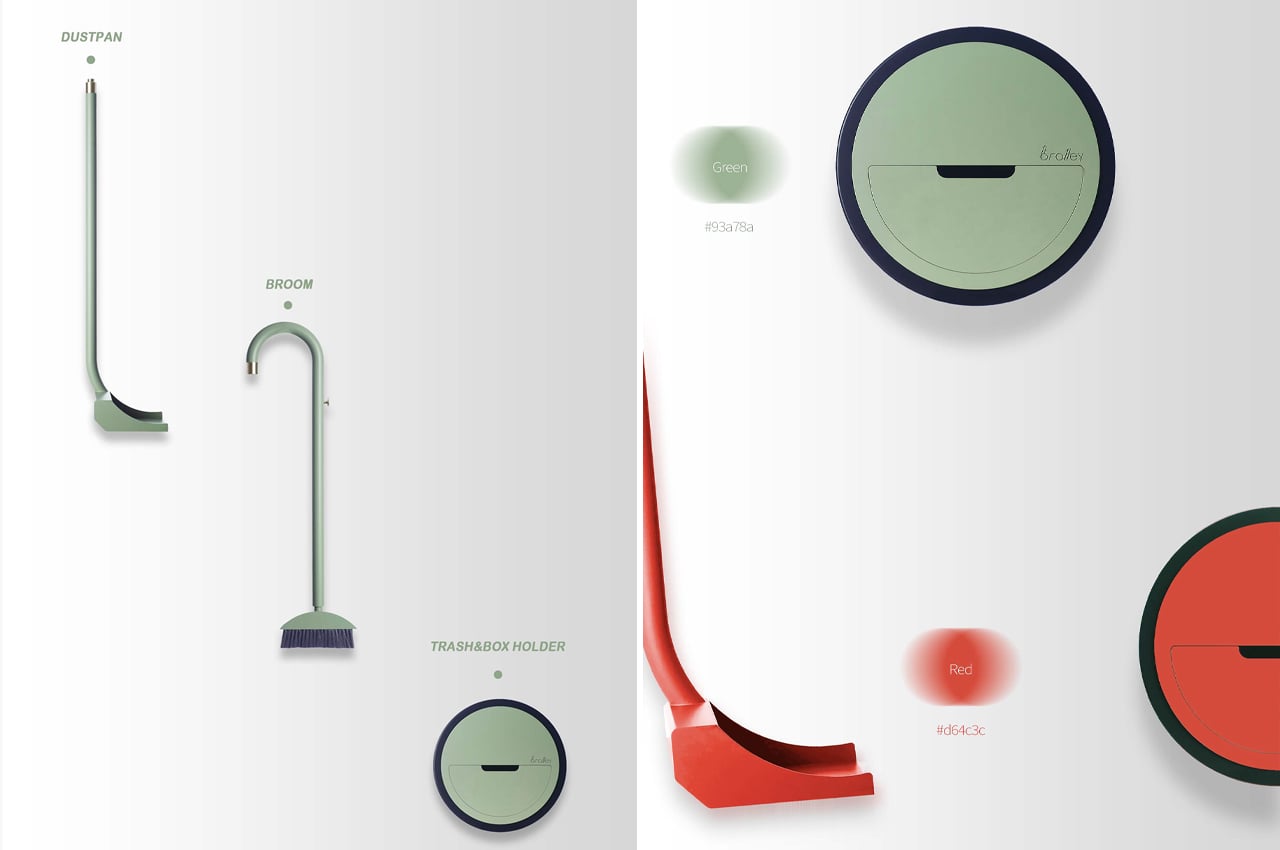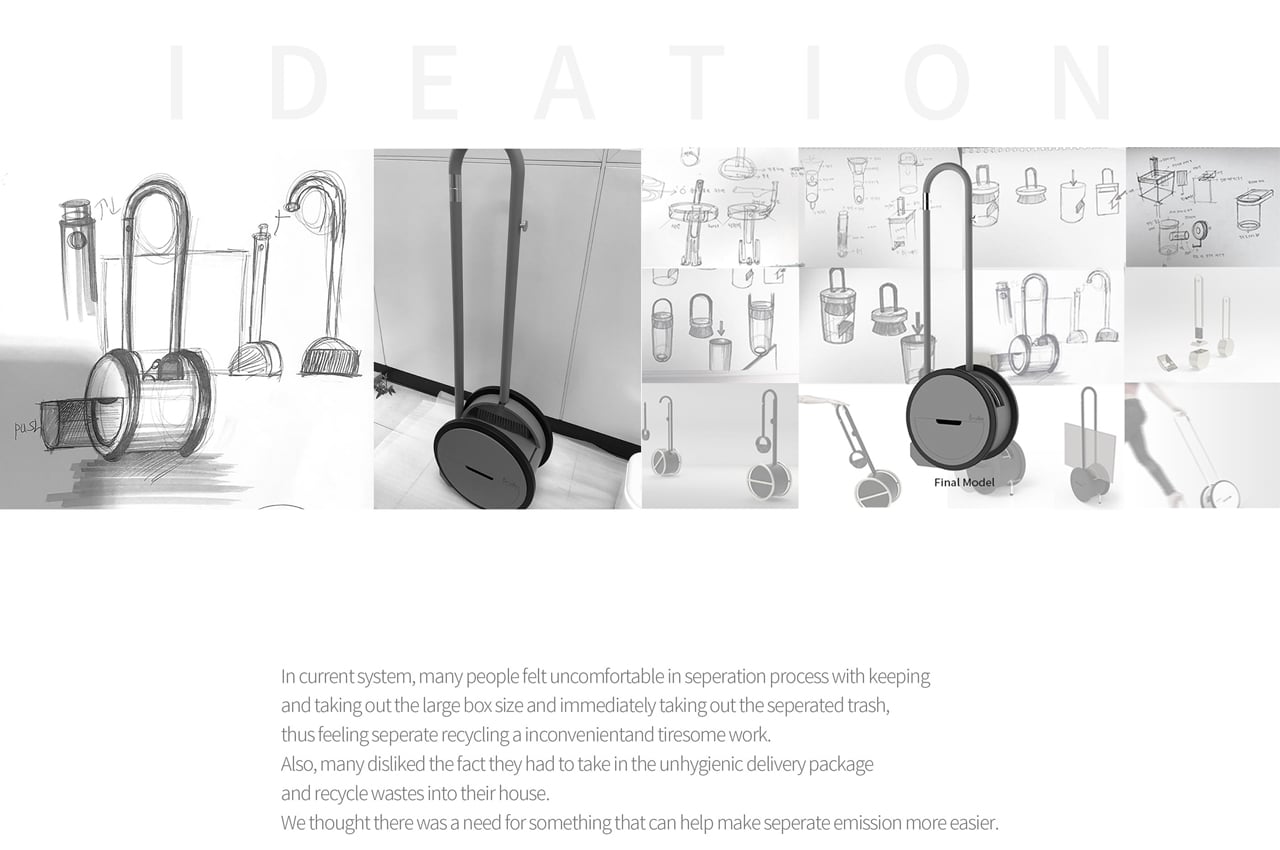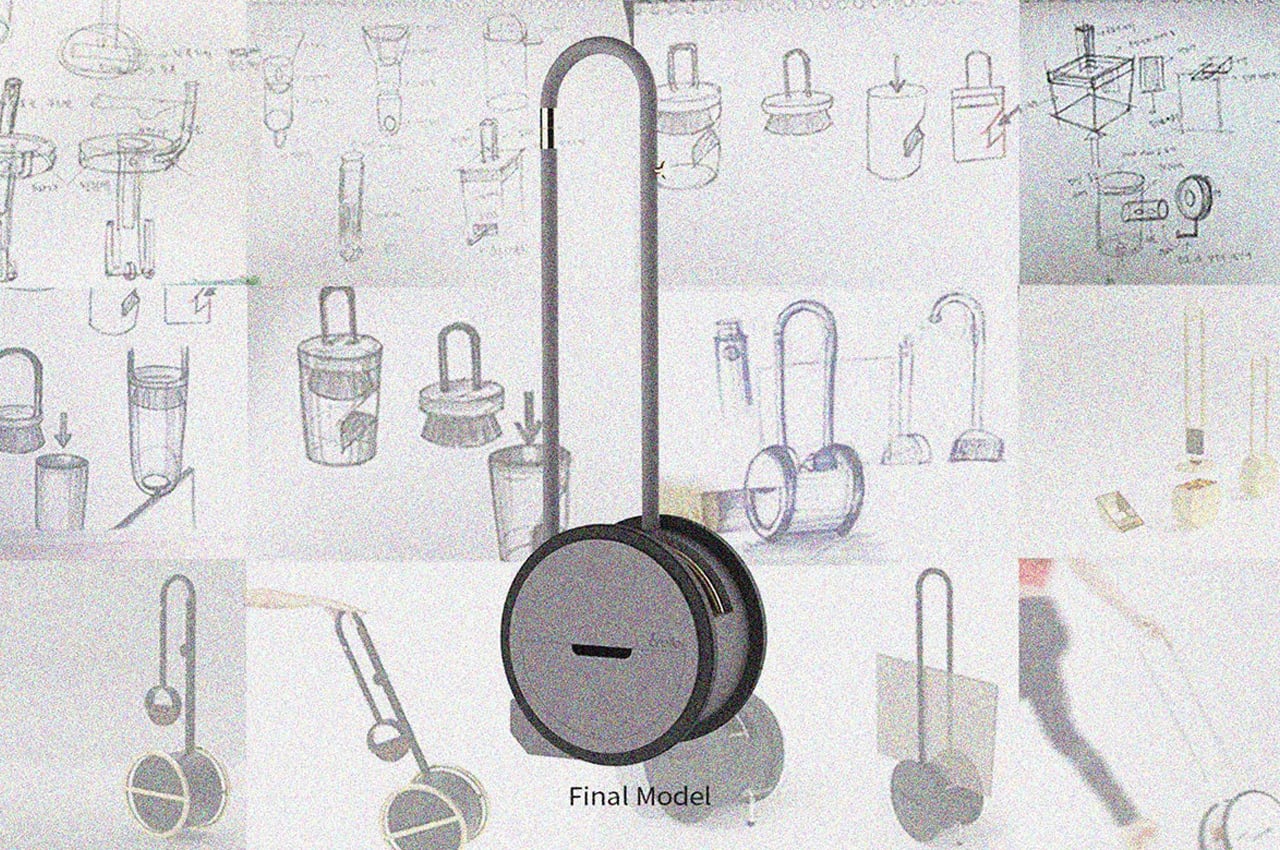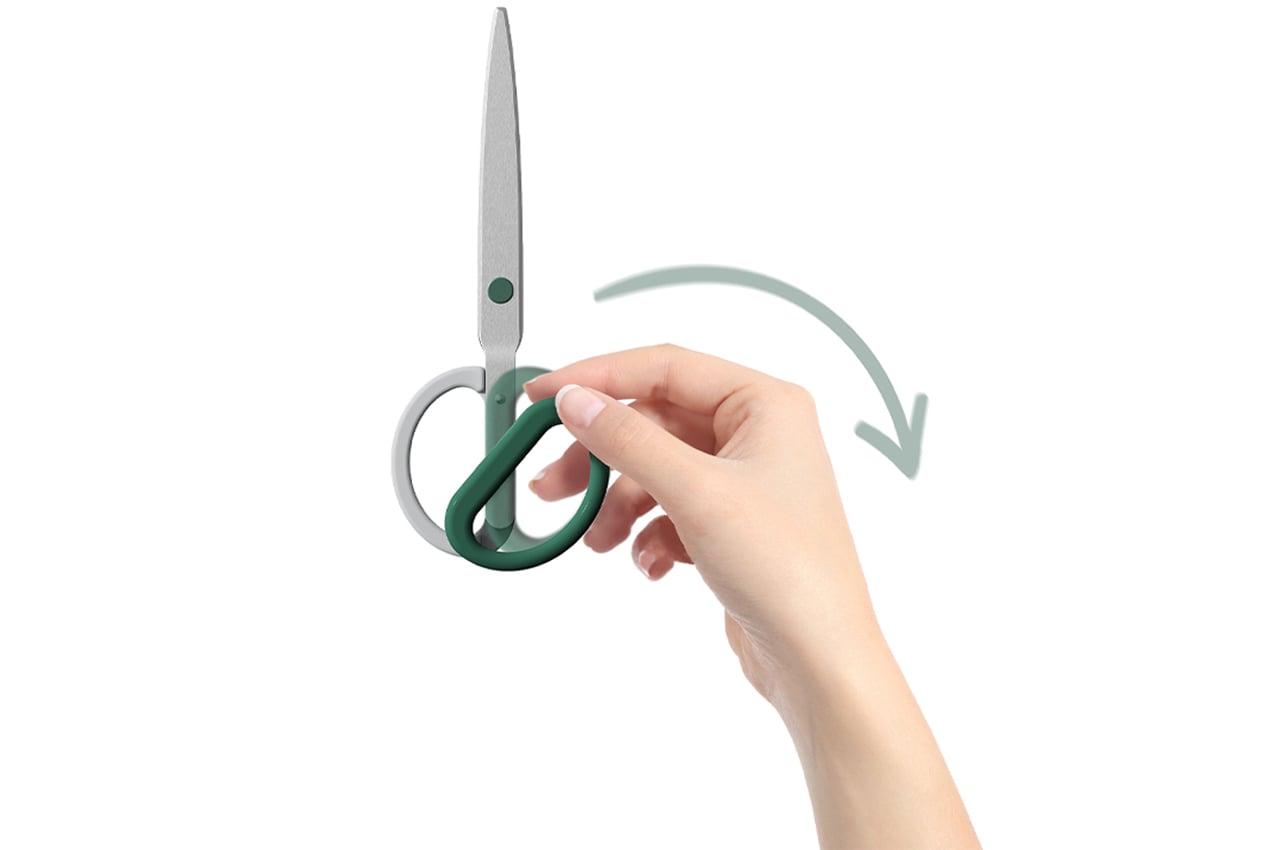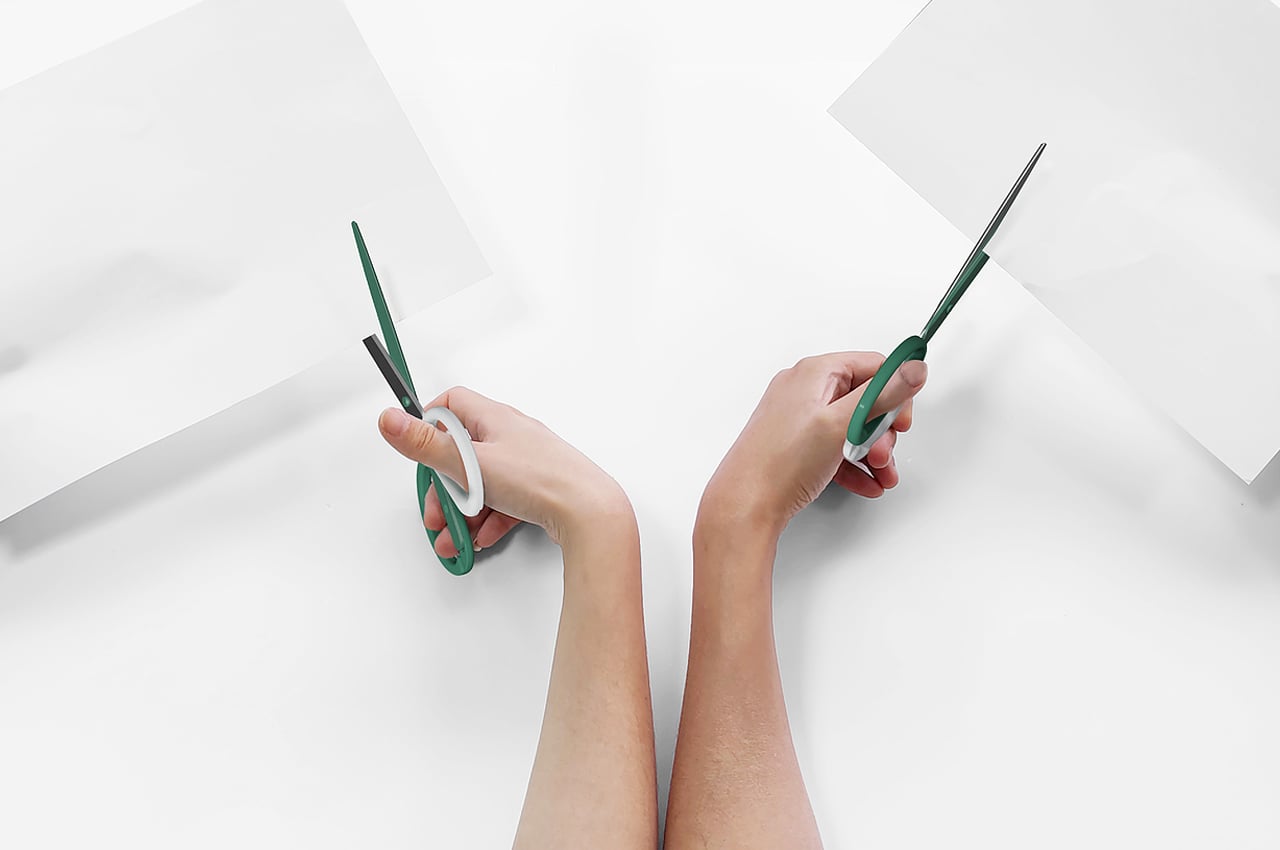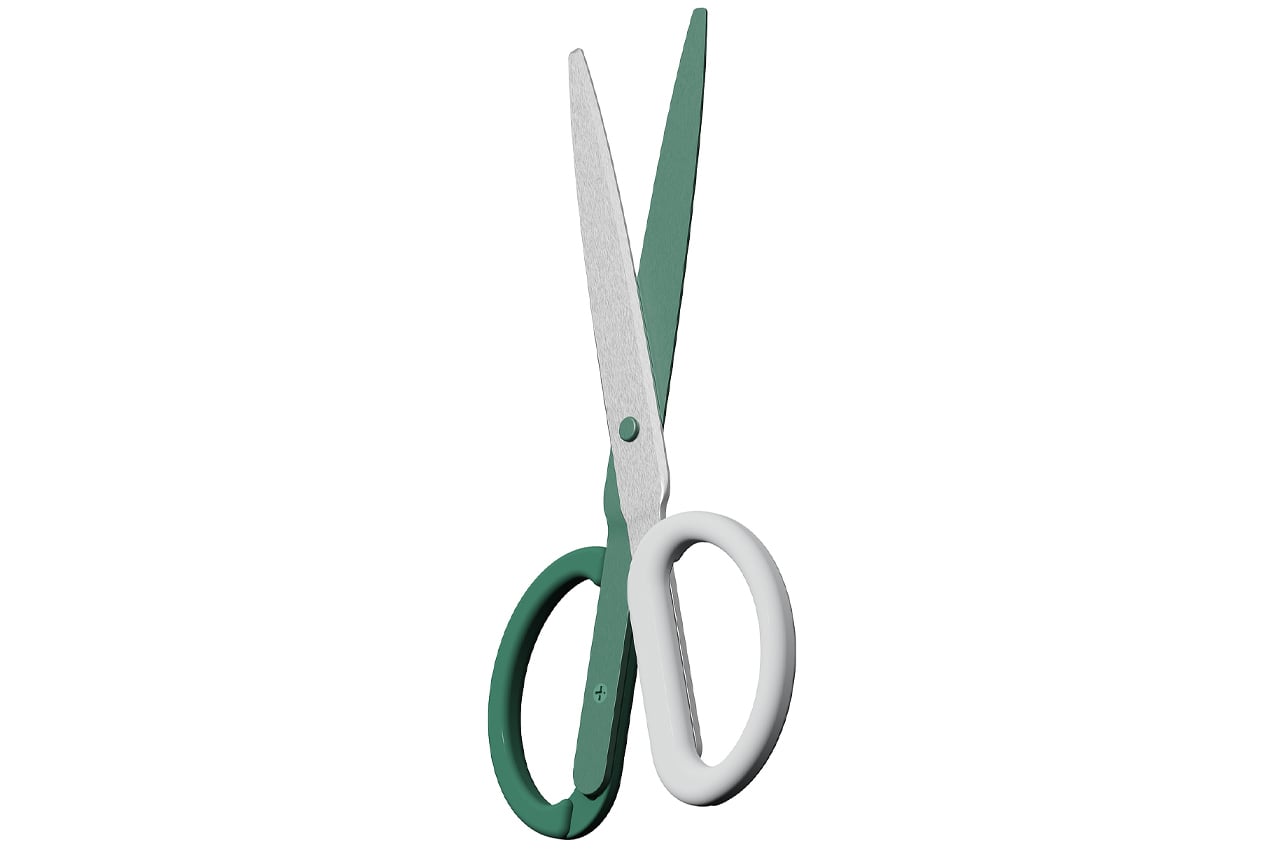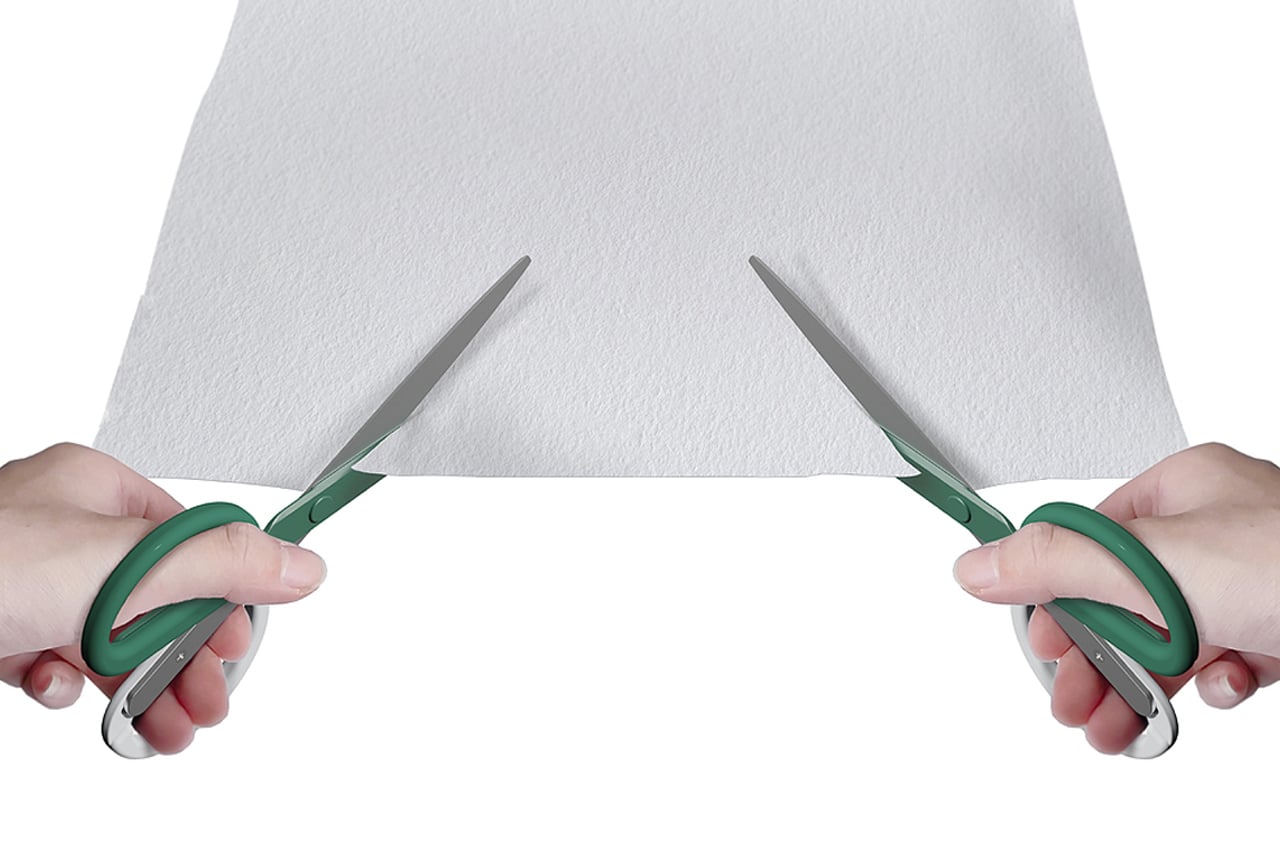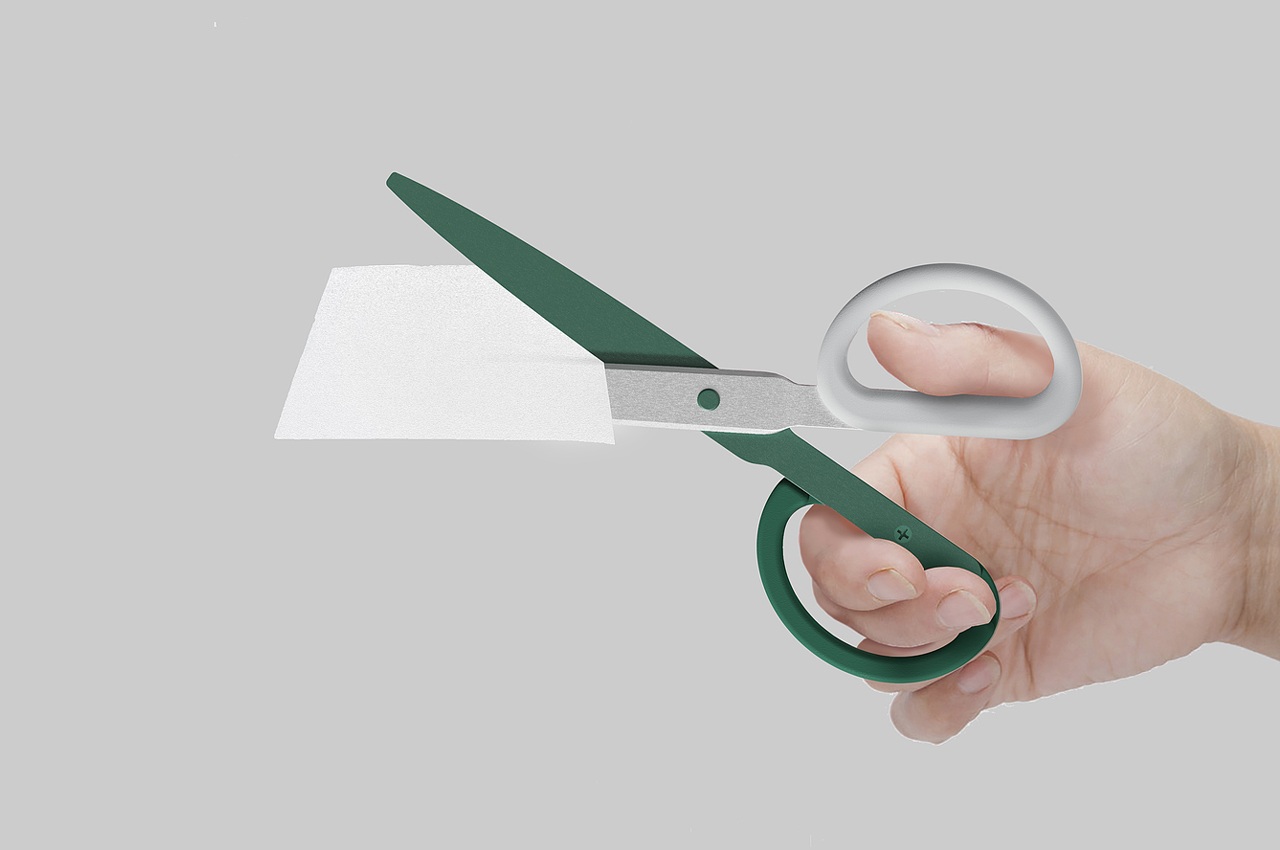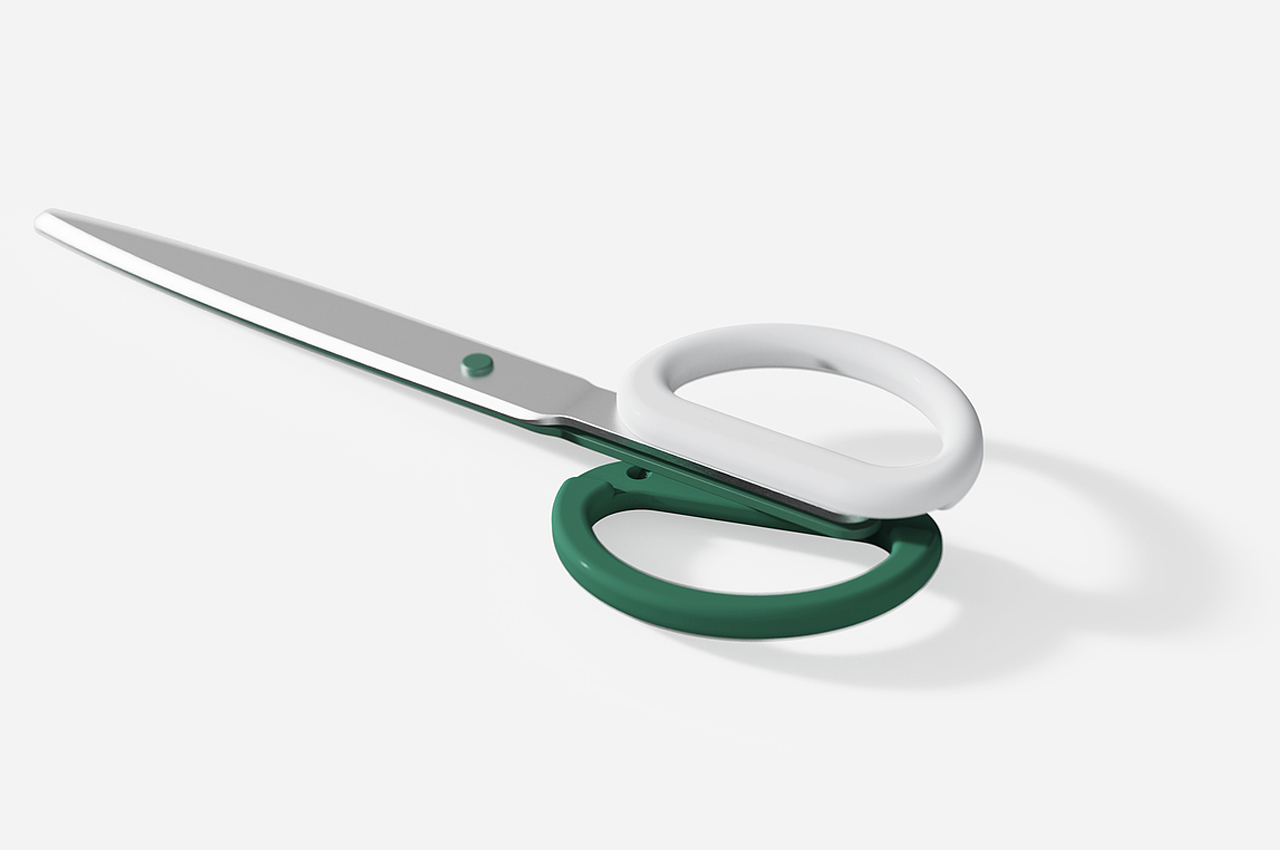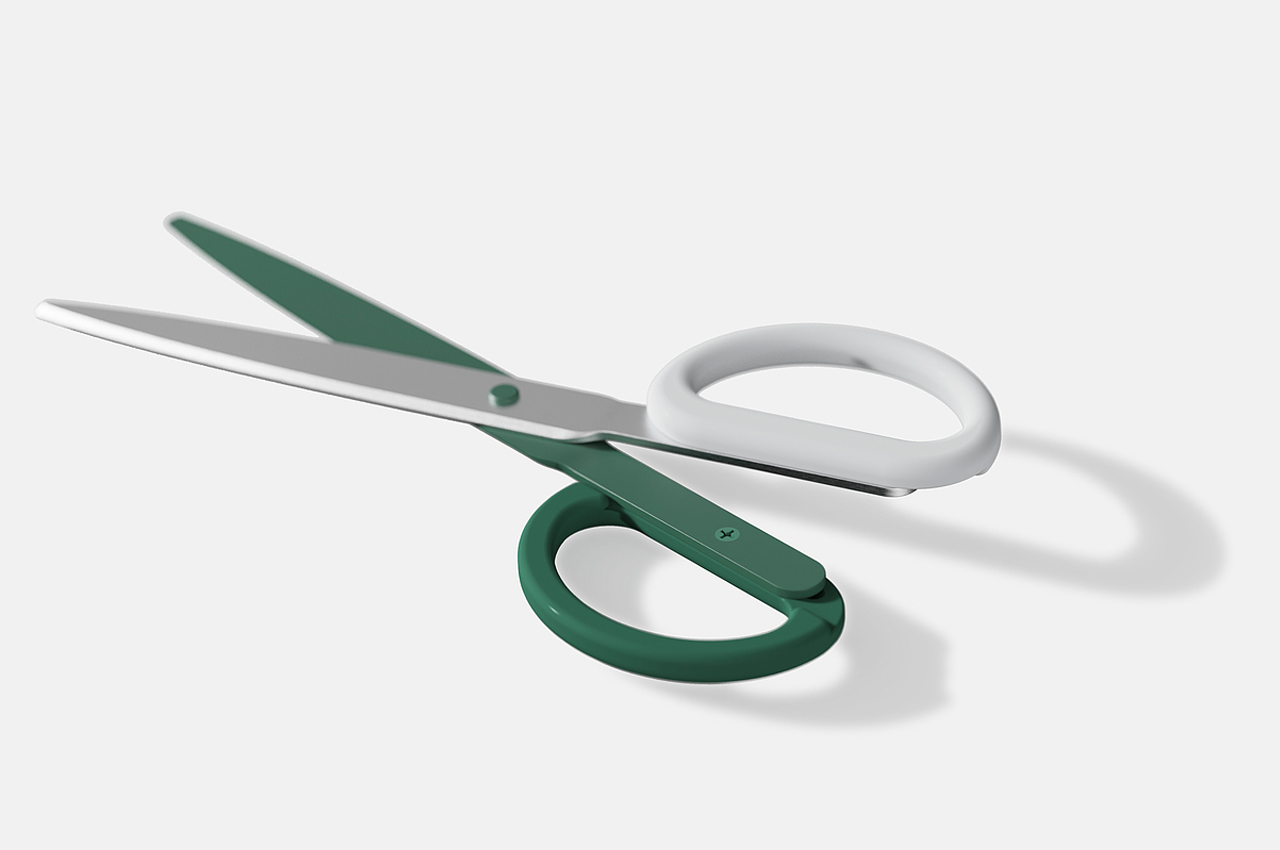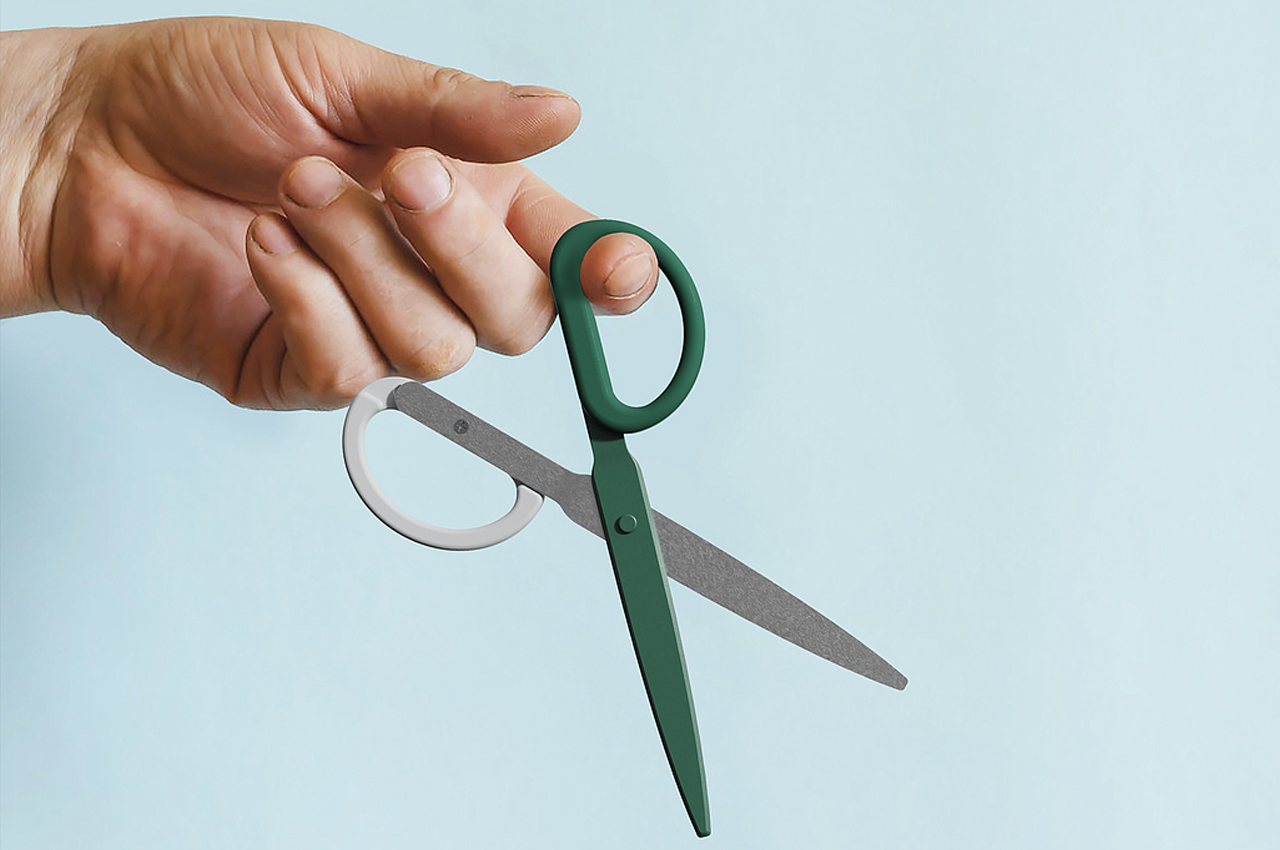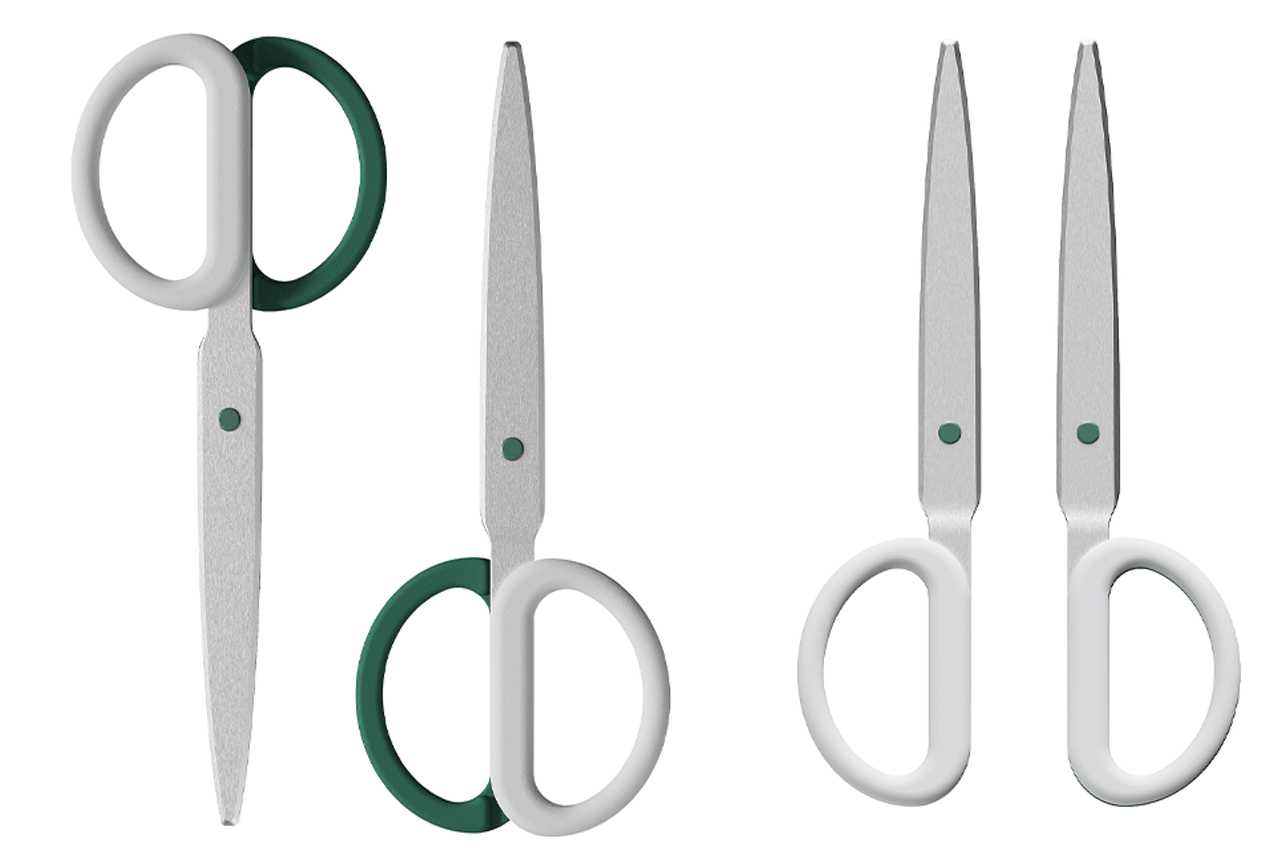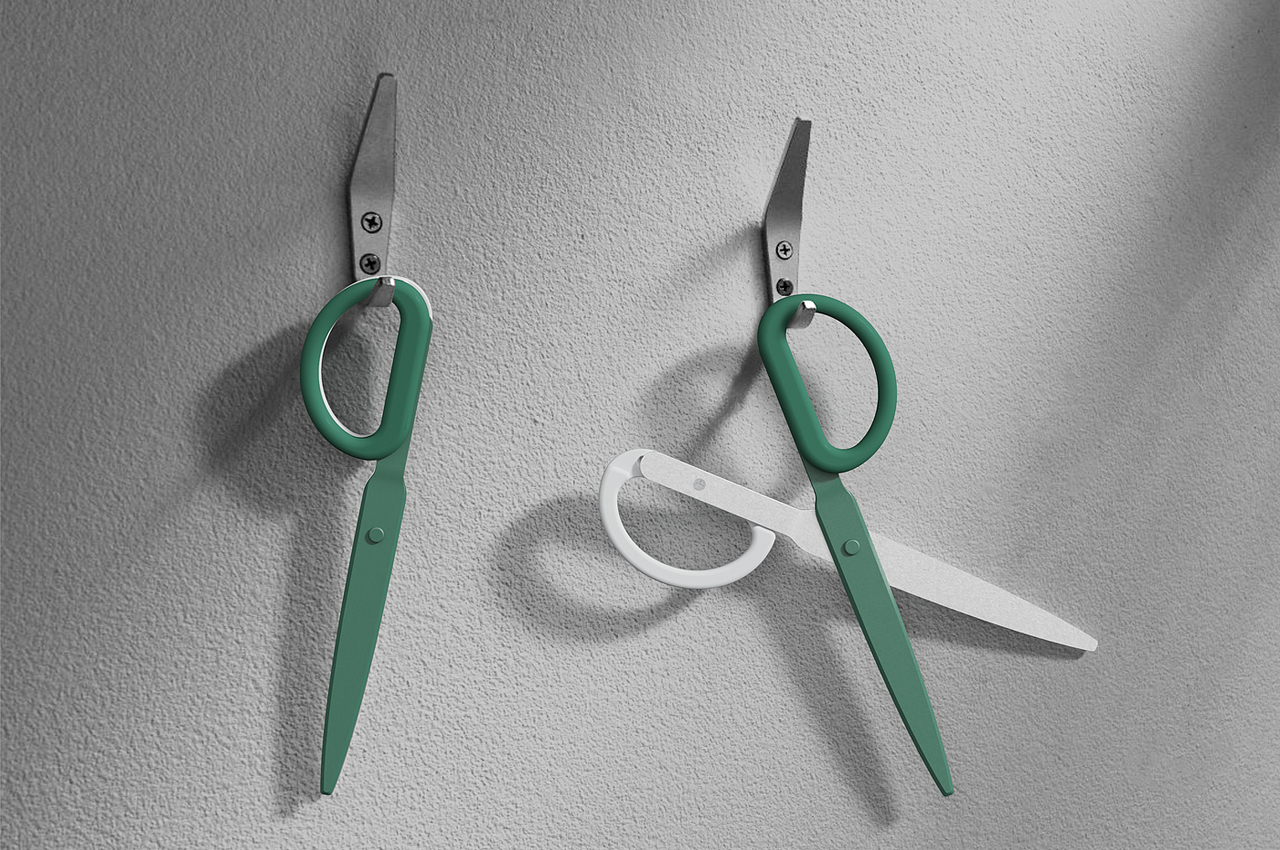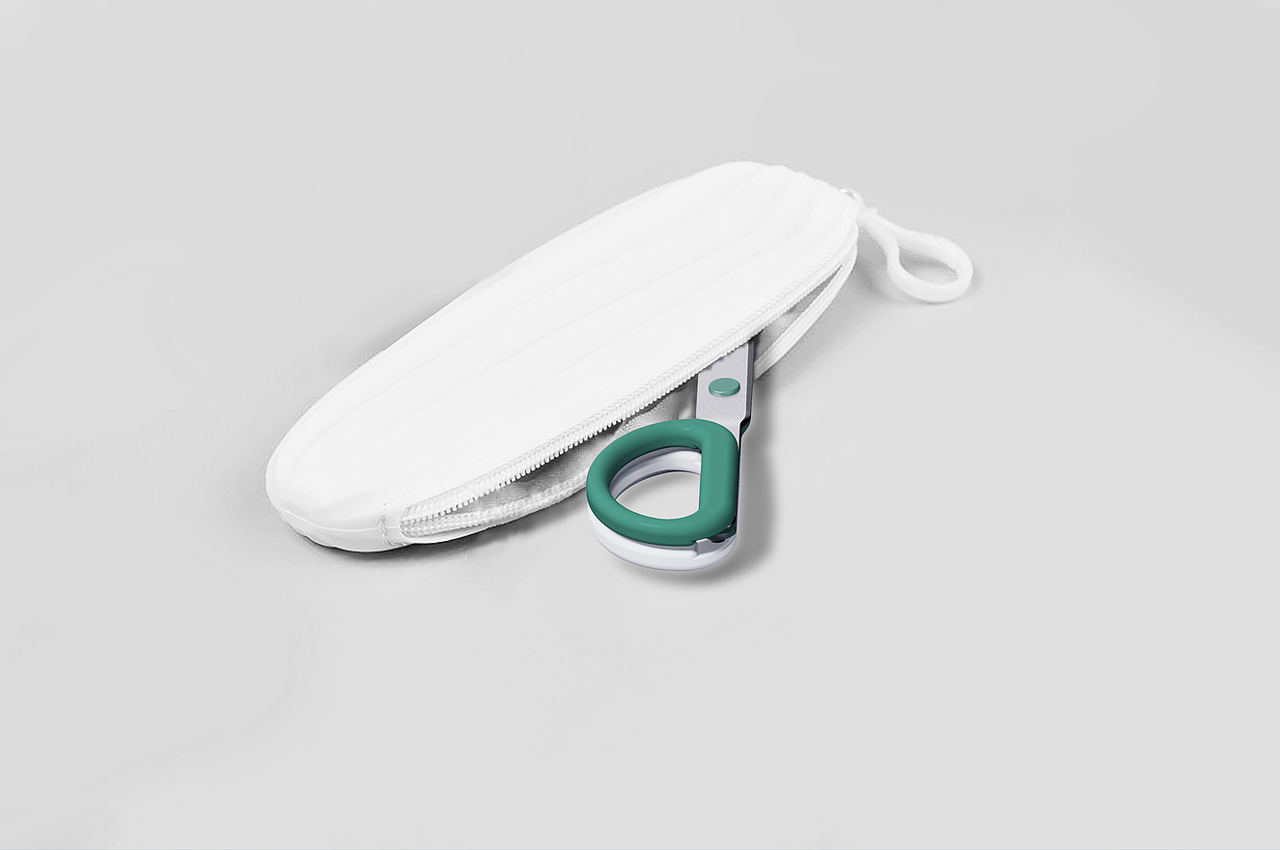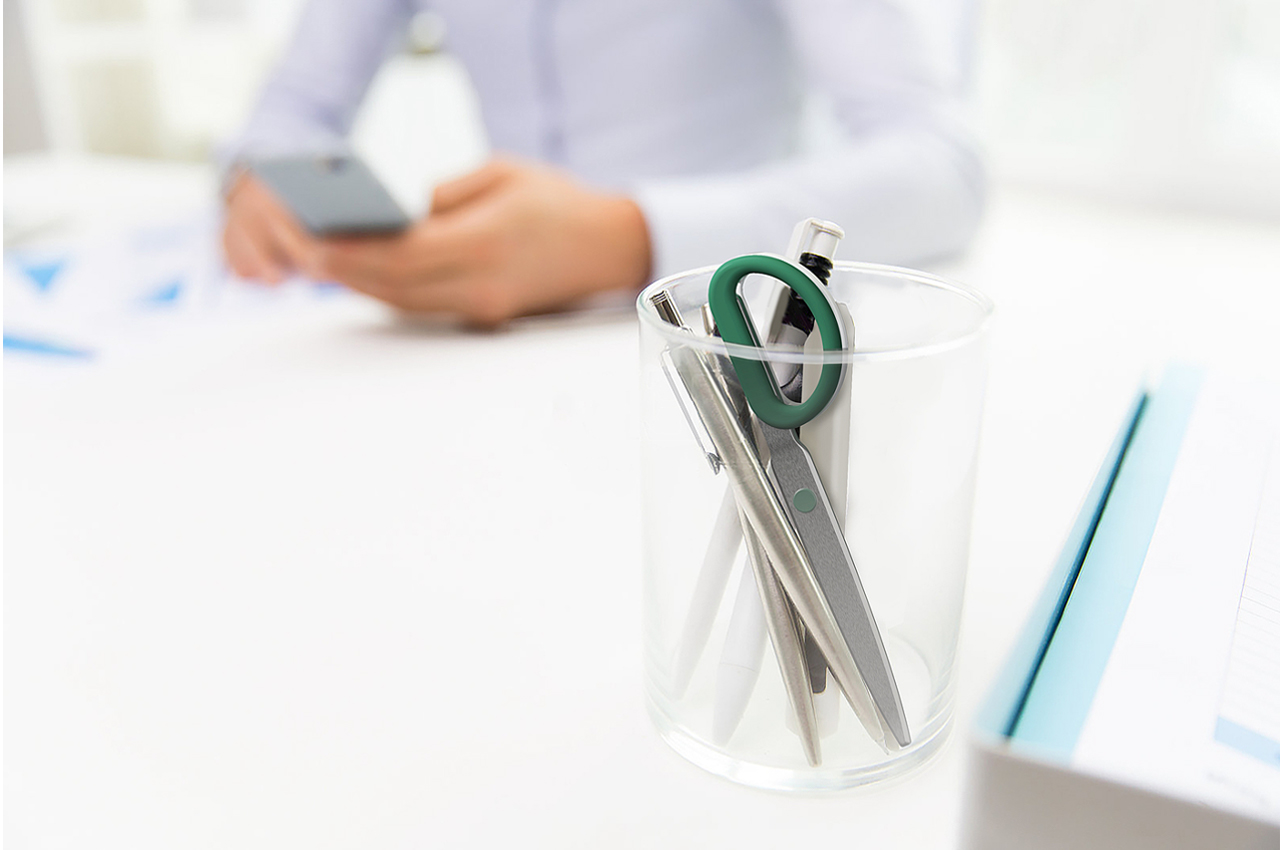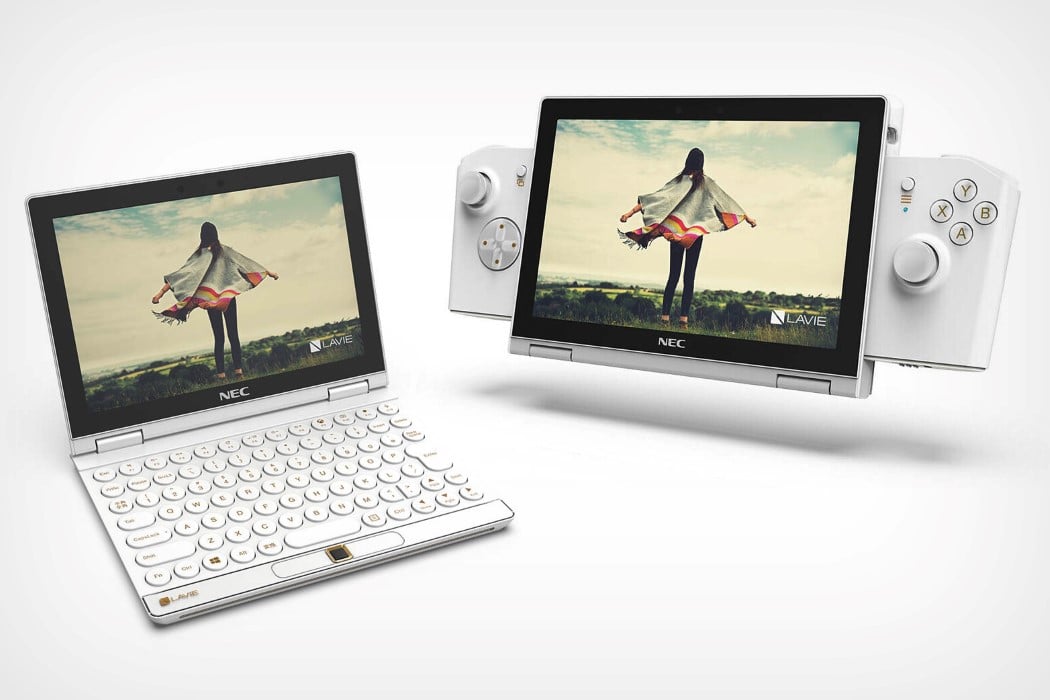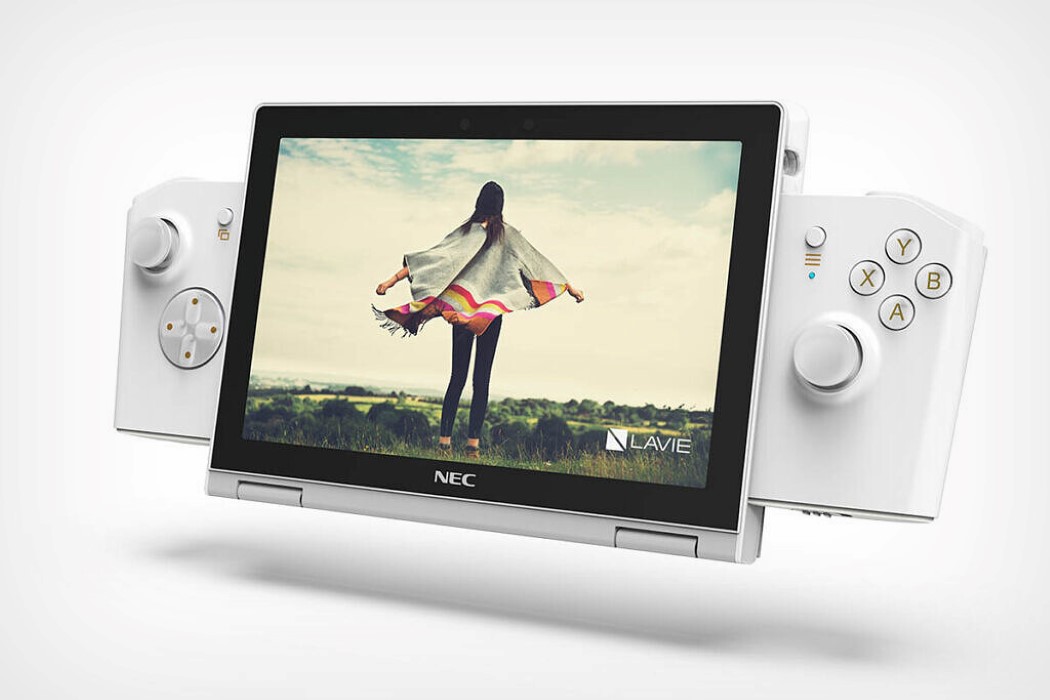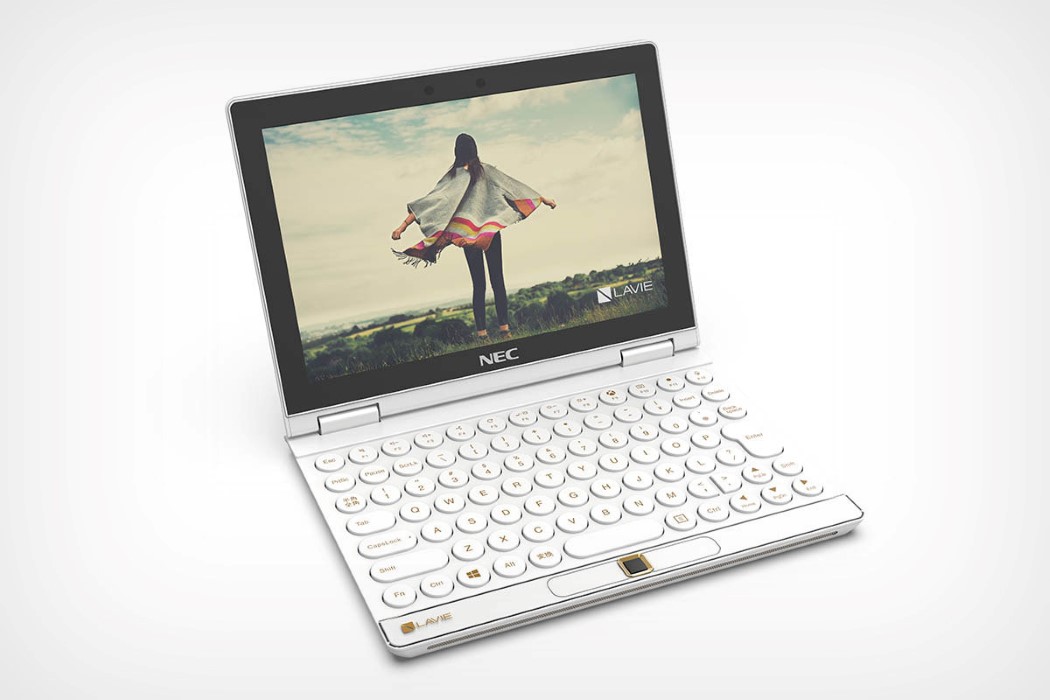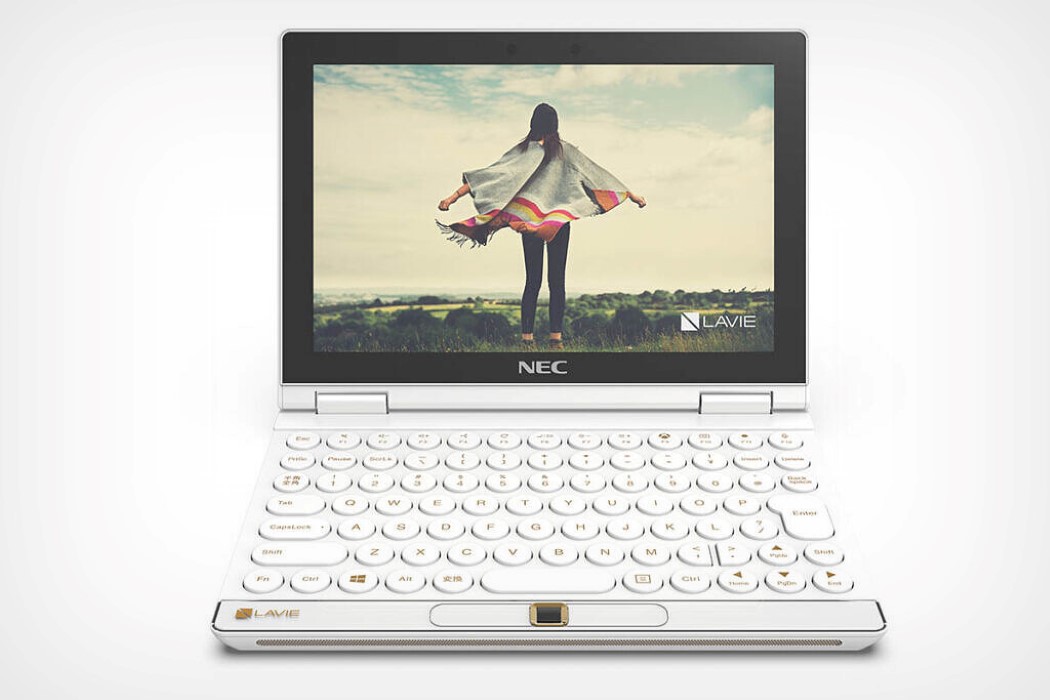Get ready for the metaverse by bringing anything and everything into the digital world and in full 3D!
We have become more dependent on 3D models today than we may have realized. AAA games are expected to have photorealistic models, often based on real-world objects and actual people. The metaverse hype has us thinking of accurate digital representations of physical objects, especially the ones that we can’t reach because they’re in an inaccessible location. And even the maker revolution and DIY trends have come to rely on 3D models of existing objects. All of these applications require a 3D scanner, a piece of equipment that is prohibitively expensive and complicated to use so that only big companies and studios have access to them. For these things to really take off, 3D scanning needs to be more accessible and more affordable, which is exactly what this impressive handheld 3D scanner brings to the table to let you easily bring your dream 3D worlds to life.
Designers: Zhou Xiang, Ma Li & Li Huanhuan
Click Here to Buy Now: $500 $769 (35% off). Hurry, less than 12 hours left! Raised over $2,800,000.
3D scanners might conjure up images of large boxes or pillars that bathe an object or a person in laser lights to create a digital 3D representation in just seconds. Of course, reality is stranger than fiction, and most professional 3D scanners are anything but easy to use and fast. It requires a lot of time, patience, and extra tools to make sure that each nook and cranny is scanned properly, including the tricky transparent areas. Given the complexity of 3D scanning, it’s nothing short of a miracle that the Revopoint MINI has been able to distill the technology down to a device no larger than a handheld vlogger mic.

Industrial Blue Light – The MINI projects ultra-high-resolution structured light and has a strong ability to resist ambient light.
Part of the secret to the Revopoint MINI’s magic is the use of class 1 Blue Light, the same type of light used by industrial-grade 3D scanners but here adapted into a more cost-effective solution. It is also safe on the body, so you can take a scan of your hand without worrying about growing a sixth finger or melting the other five. Since it works using light, you might think that the scanner will fail on transparent and non-reflective surfaces. Revopoint, however, has your back, and the scanner works with a pigment-free, non-toxic scanning spray that creates a special scanner-friendly coating that disappears in four hours without a trace.

Reverse Engineering – Quickly scan industrial spare parts with complex shapes and surfaces and output the models with a point distance of up to 0.05mm.
The Revopoint MINI works fast and accurately, up to 0.02mm precision and a point distance of 0.05mm, which simply means it will be able to scan even the smallest and deepest parts of an object. It is primarily designed to be used in your hand, giving you the freedom to control the direction and speed of the scan, especially with a stabilizer that keeps the scan steady even if your hand isn’t. You can also just set it on a table with the built-in tripod, and if you really want a hands-off process, the optional compact, dual-axis A230 turntable does all the work of spinning and turning in 360 degrees and tilting at 30 degrees. Just set up the pieces, hit go, and sit back and relax until the scan finishes.

Fossils and Cultural Relics 3D Modeling – The scanner reproduces the original color and appearance of cultural relics. Its ability to output models with a precision of up to 0.02mm results in perfectly clear and detailed models whether scanning small objects such as insect fossils or larger ones such as dinosaur remains.

Jewelry Design – The MINI allows for the efficient redesign, engraving, and customization of jewelry, placing professional-level design capabilities and techniques in your hands with ease.

Medical Application – The bility to capture complete facial and body data in seconds, allows customized healthcare solutions that can be used to perform pre-and post-operation analysis and gather data needed for procedures such as plastic and restorative surgery.

3D Animation Production and Modeling – Animation, virtual reality, and augmented reality industry practitioners can use MINI to quickly scan objects, resulting in high-quality models and significantly improving game animation models’ design and production efficiency.

Quality Inspection – Accurately collect the surface data of objects without contact and compare the obtained 3D point cloud model with the designed CAD model, to judge whether the model meets the acceptable tolerance.

Revo Scan – With the Wi-Fi feature and the USB port, you can connect your MINI to a smartphone, tablet, or laptop for streamlined 3D scanning.
This convenient handheld 3D scanner has the potential to revolutionize and democratize the market, allowing anyone and everyone to create realistic 3D models from just about anything in the physical realm. Whether you’re making games or virtual worlds, scanning fossils, inspecting production, or creating dentures, the Revopoint MINI makes 3D scanning almost feel like science fiction made real. And with its $436 price tag for an early bird standard bundle, it definitely sounds like a dream come true for creators wishing for a way to bring their ideas to digital life.
Click Here to Buy Now: $500 $769 (35% off). Hurry, less than 12 hours left! Raised over $2,800,000.
The post Turning real-world objects into 3D models has never been easier with Revopoint MINI first appeared on Yanko Design.
